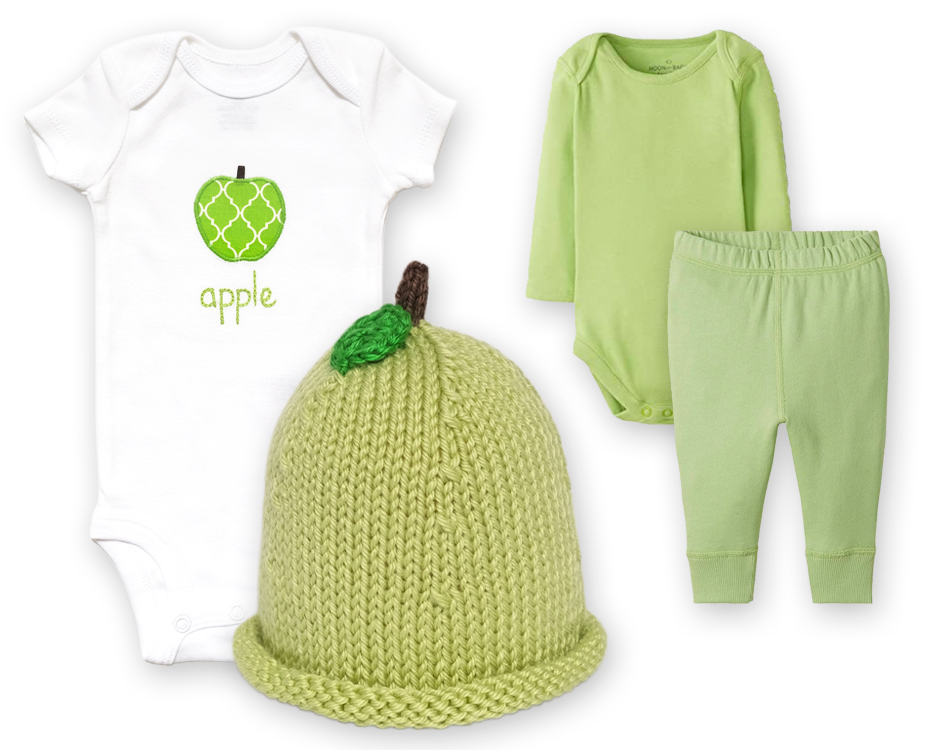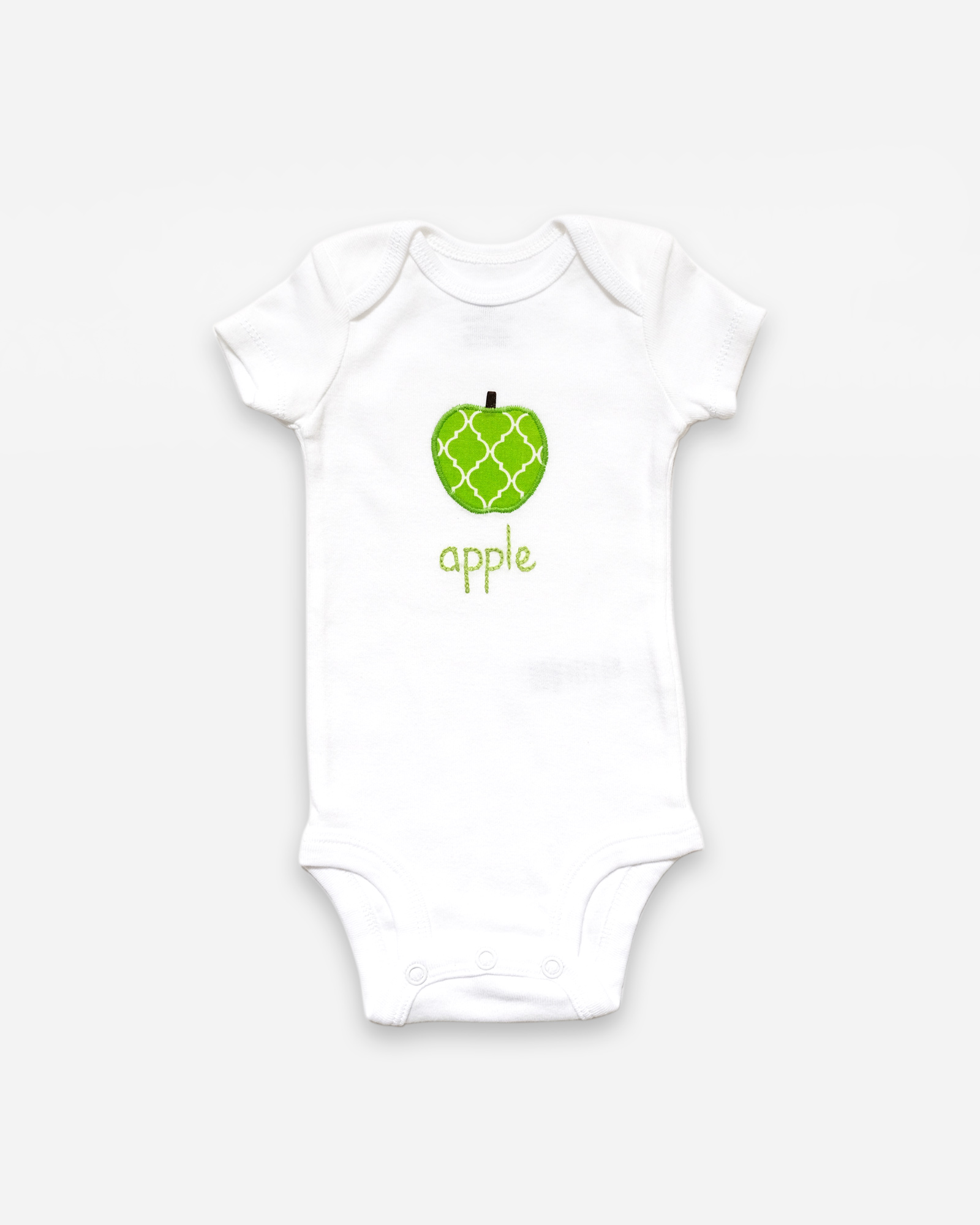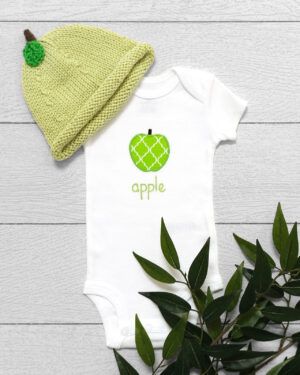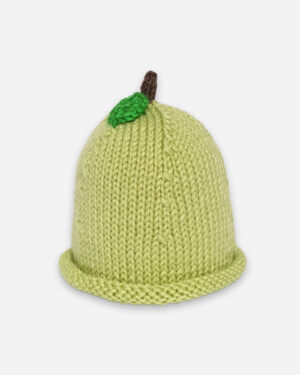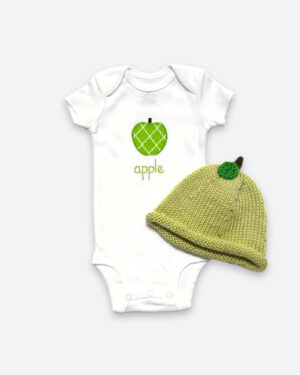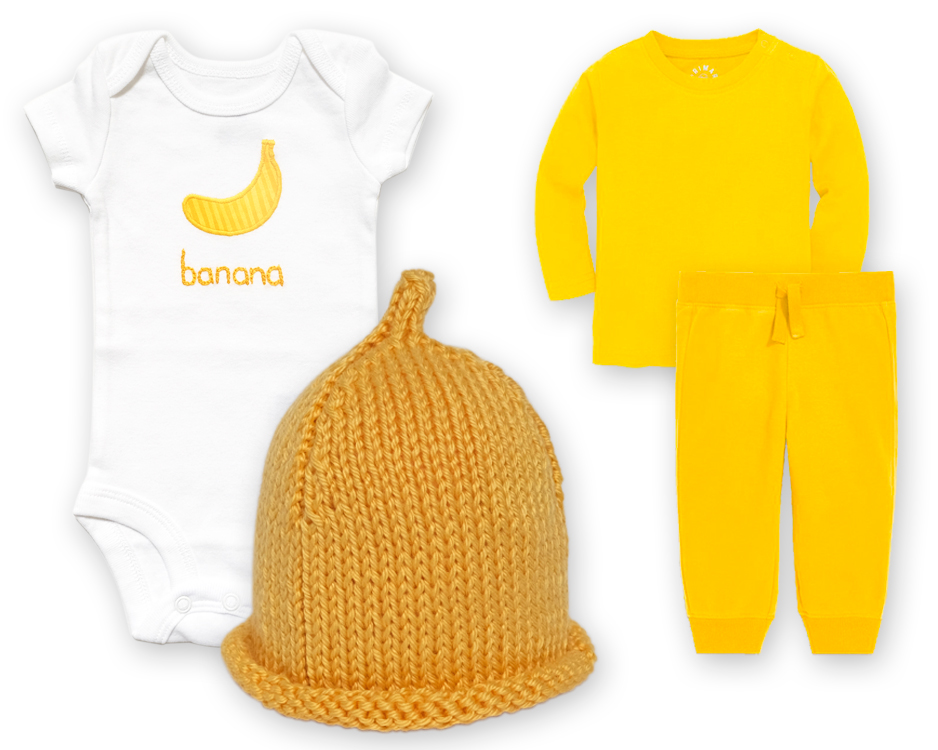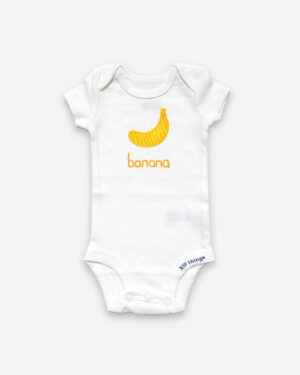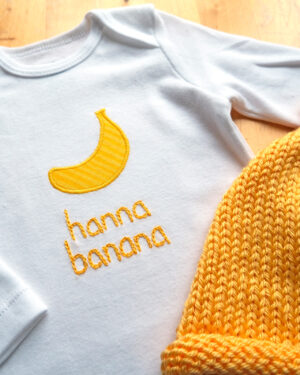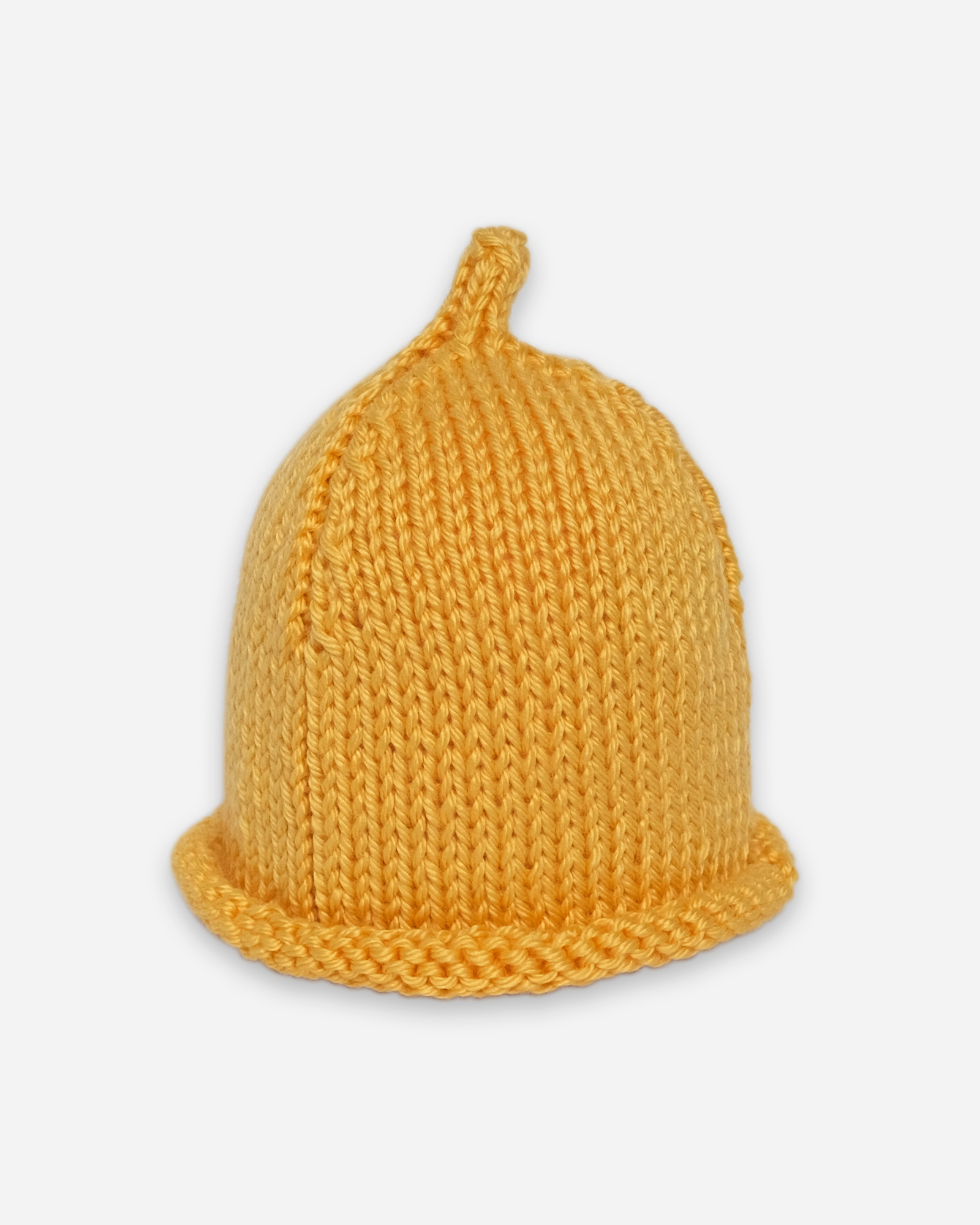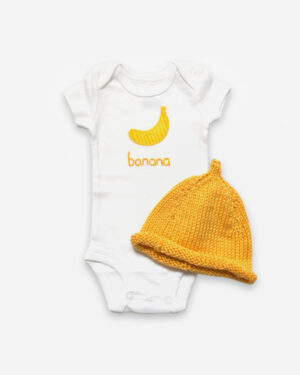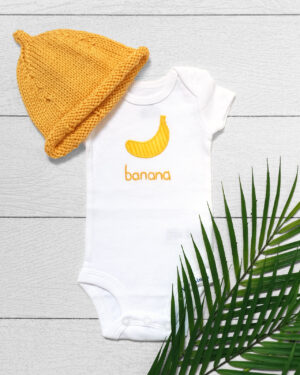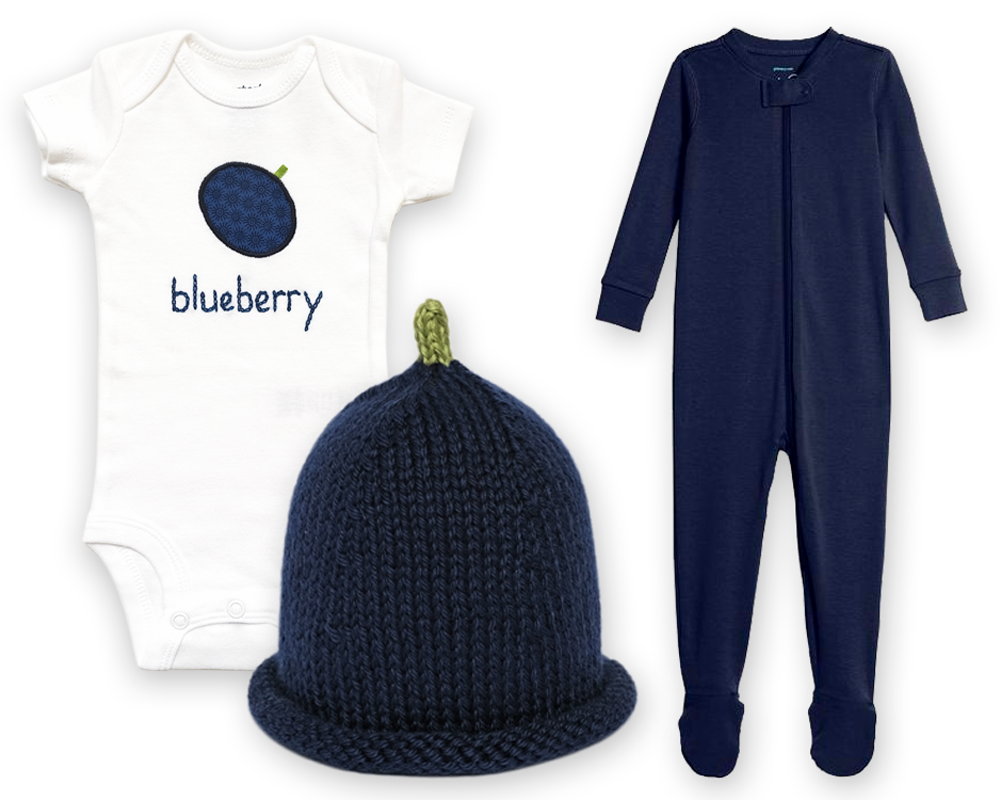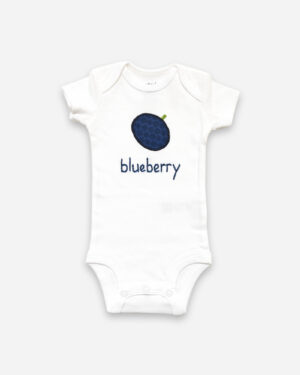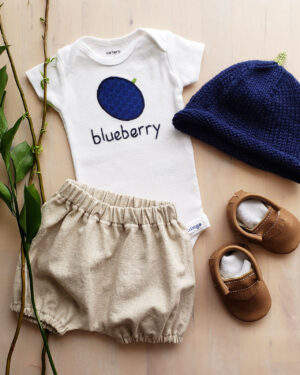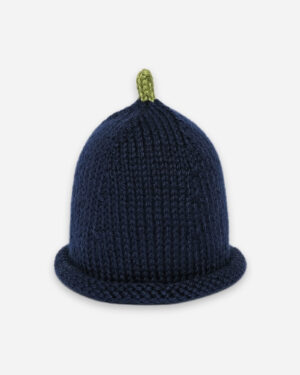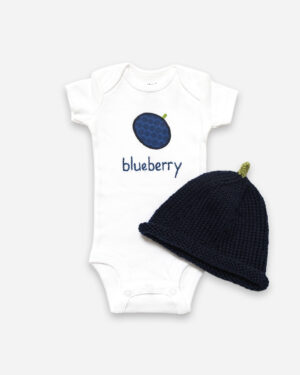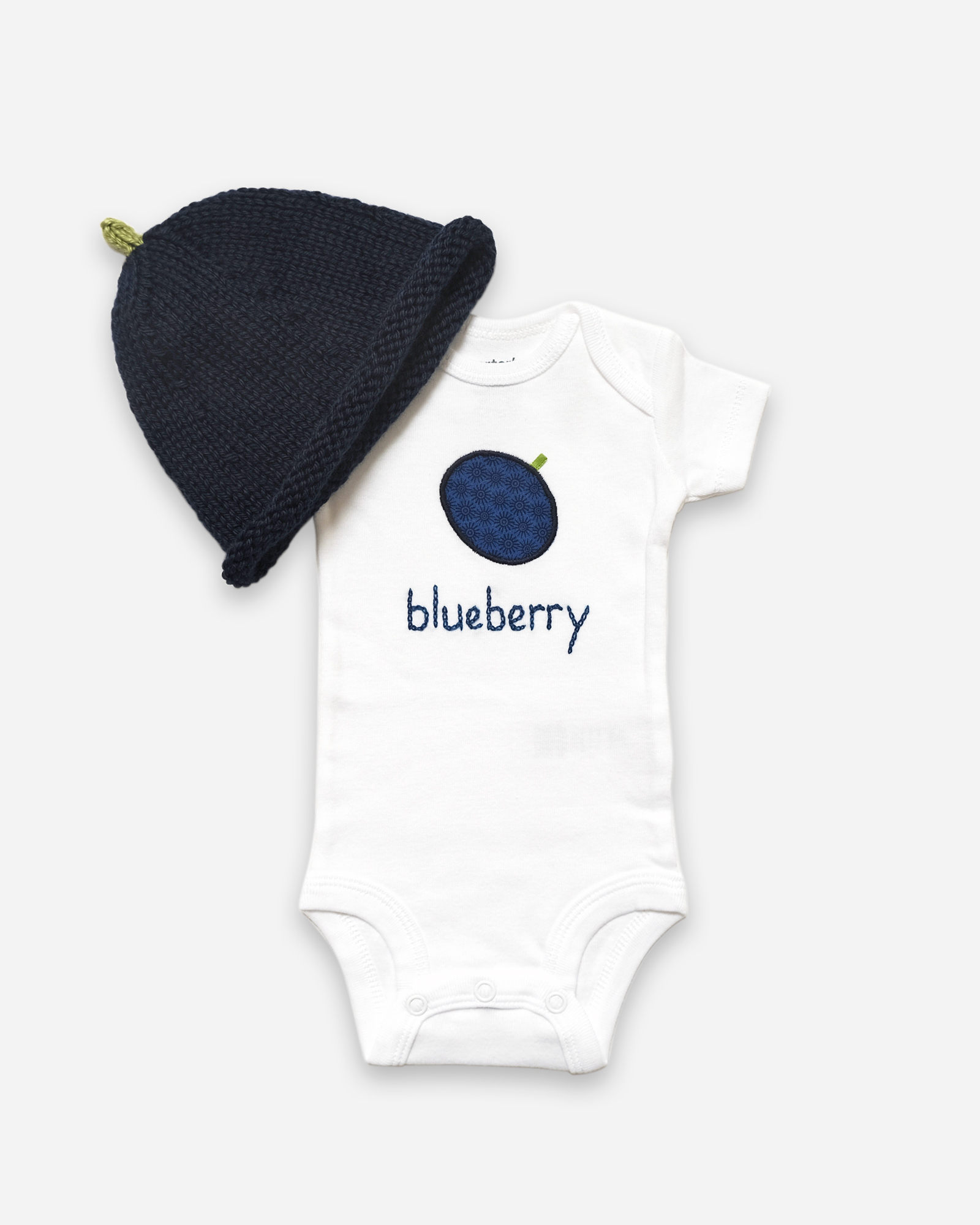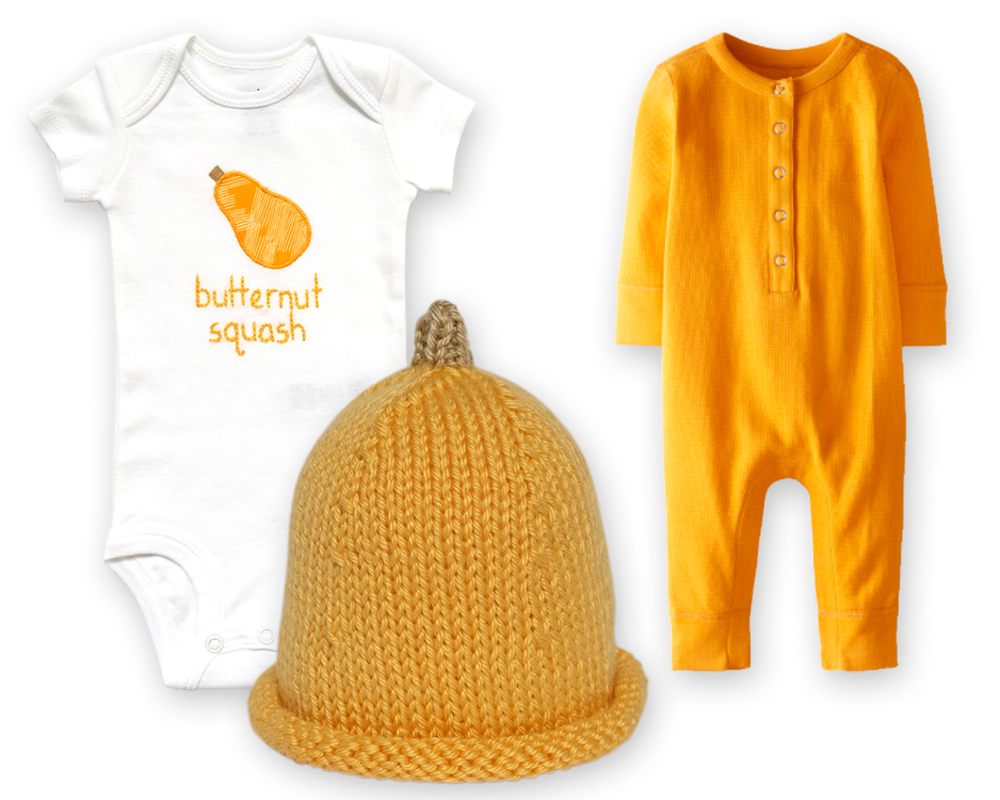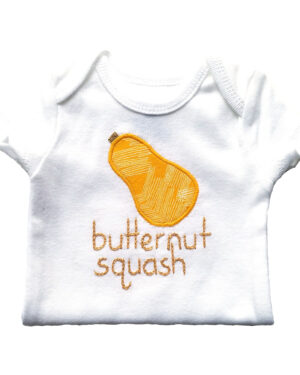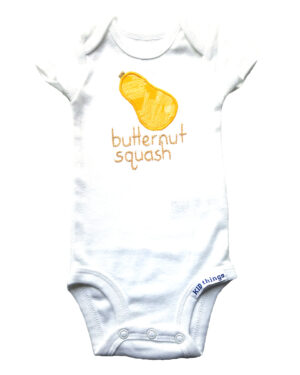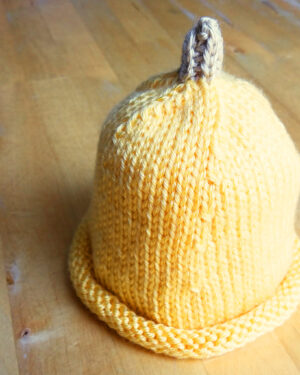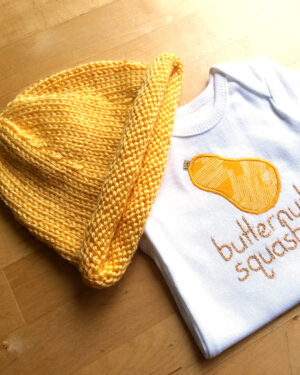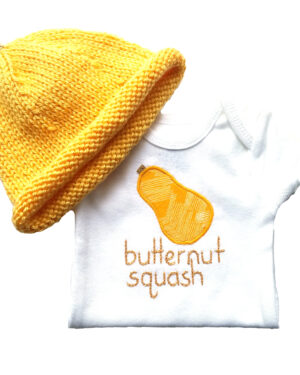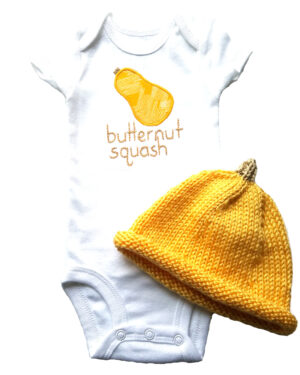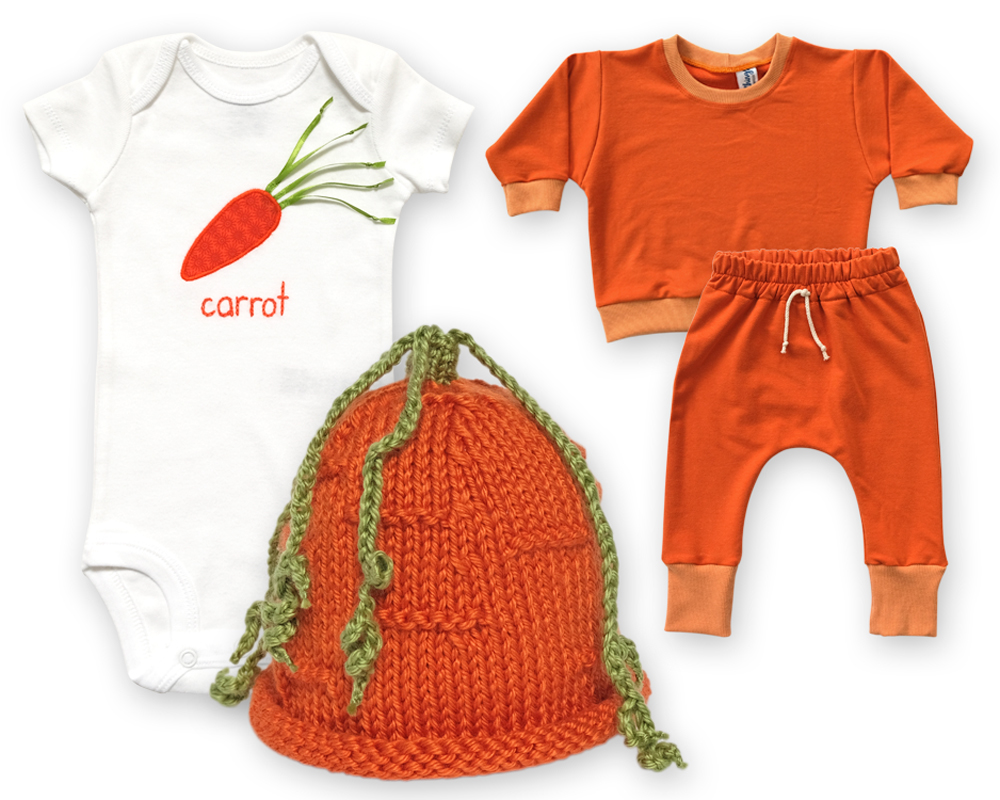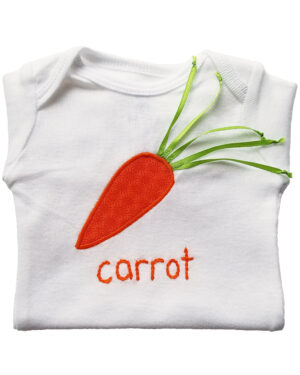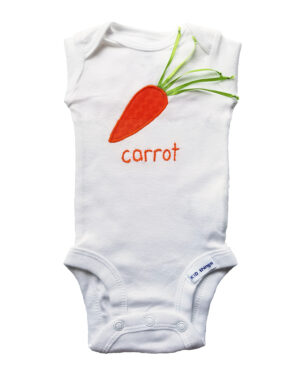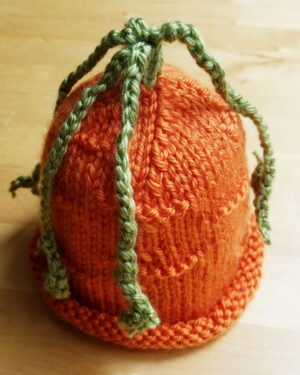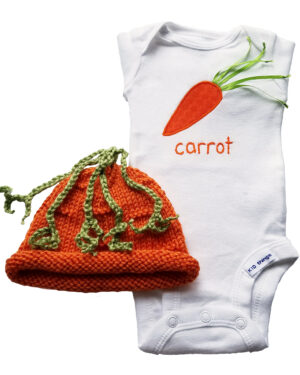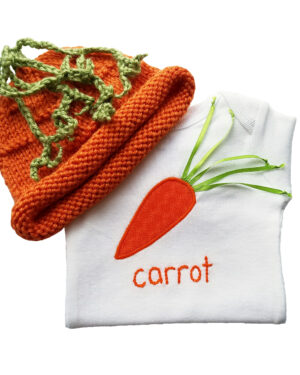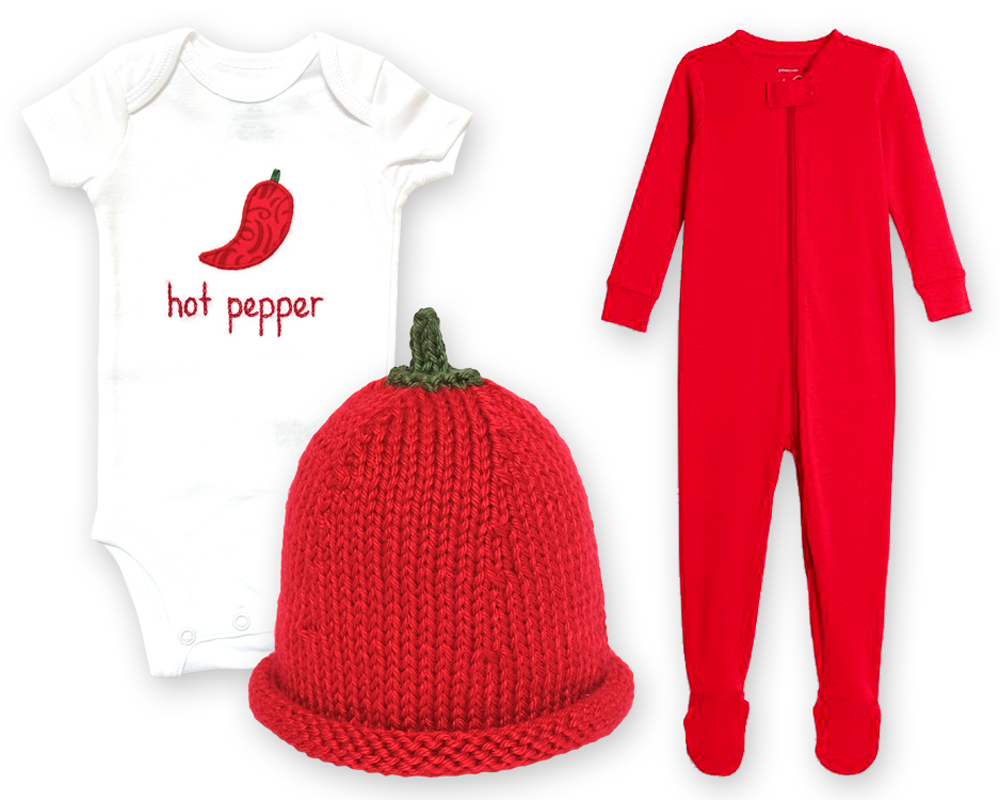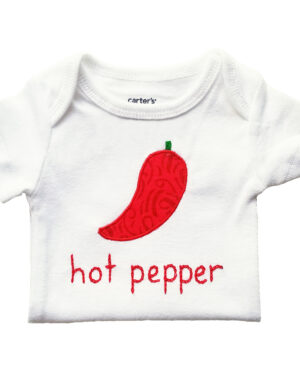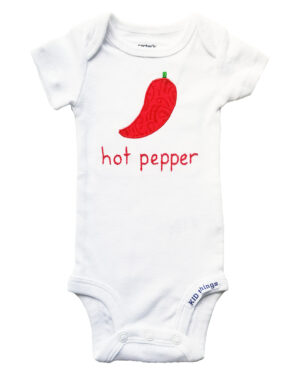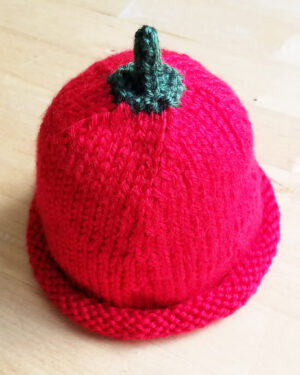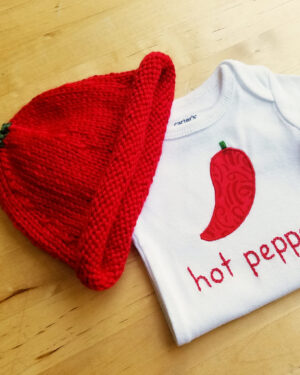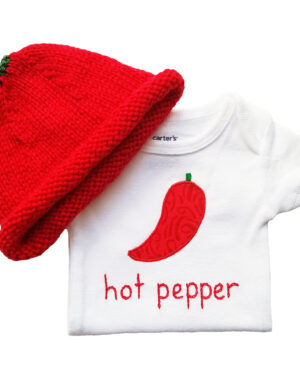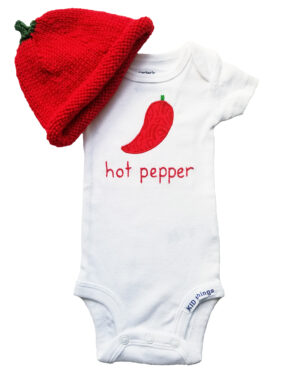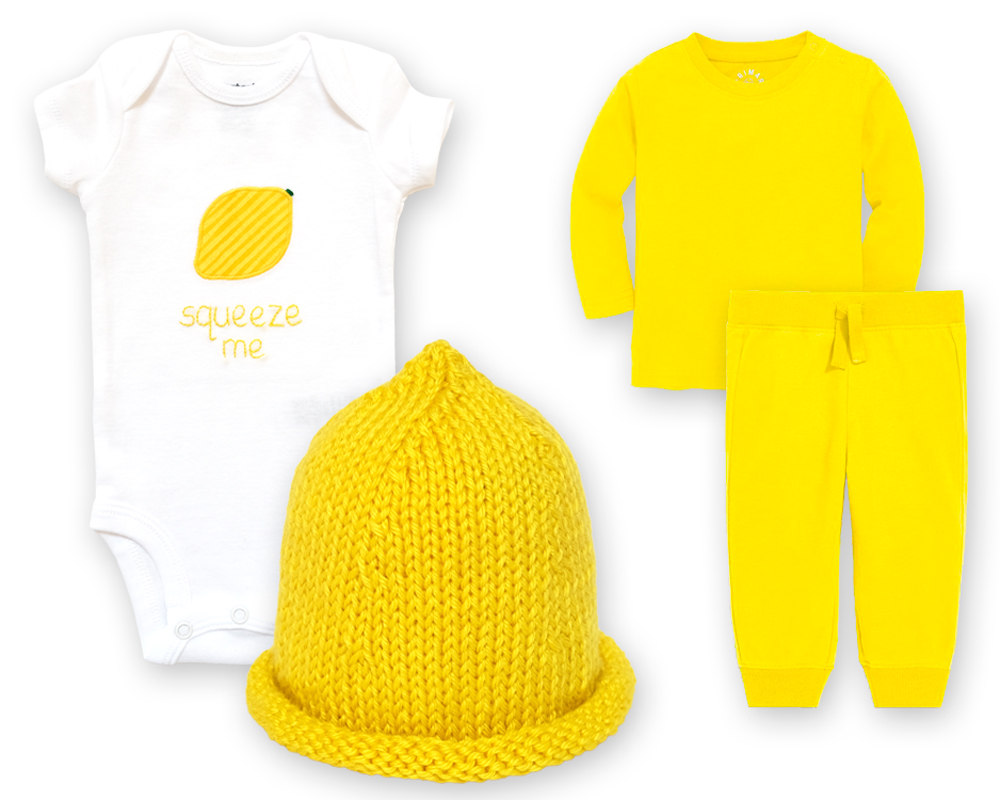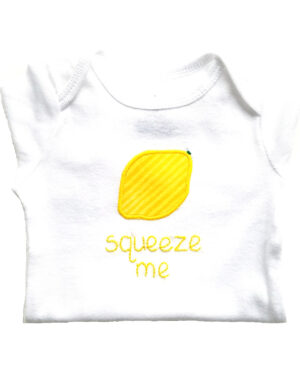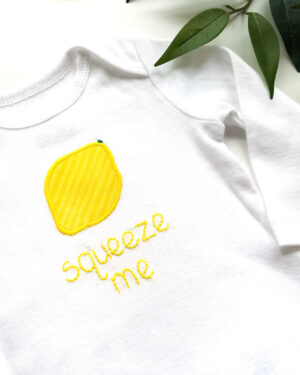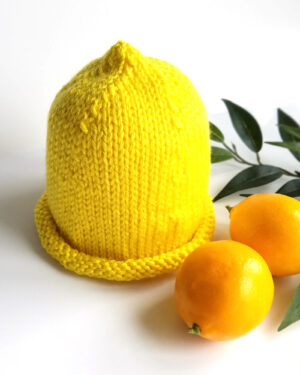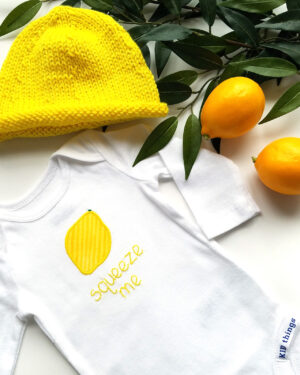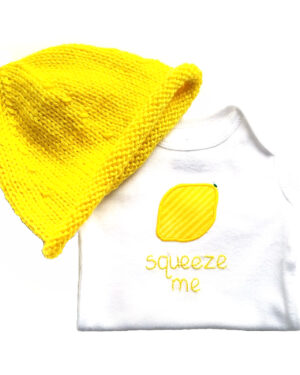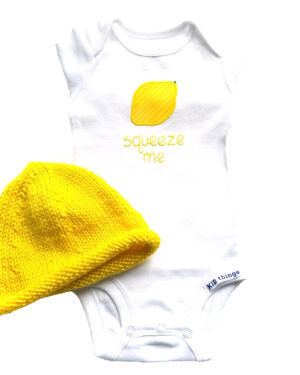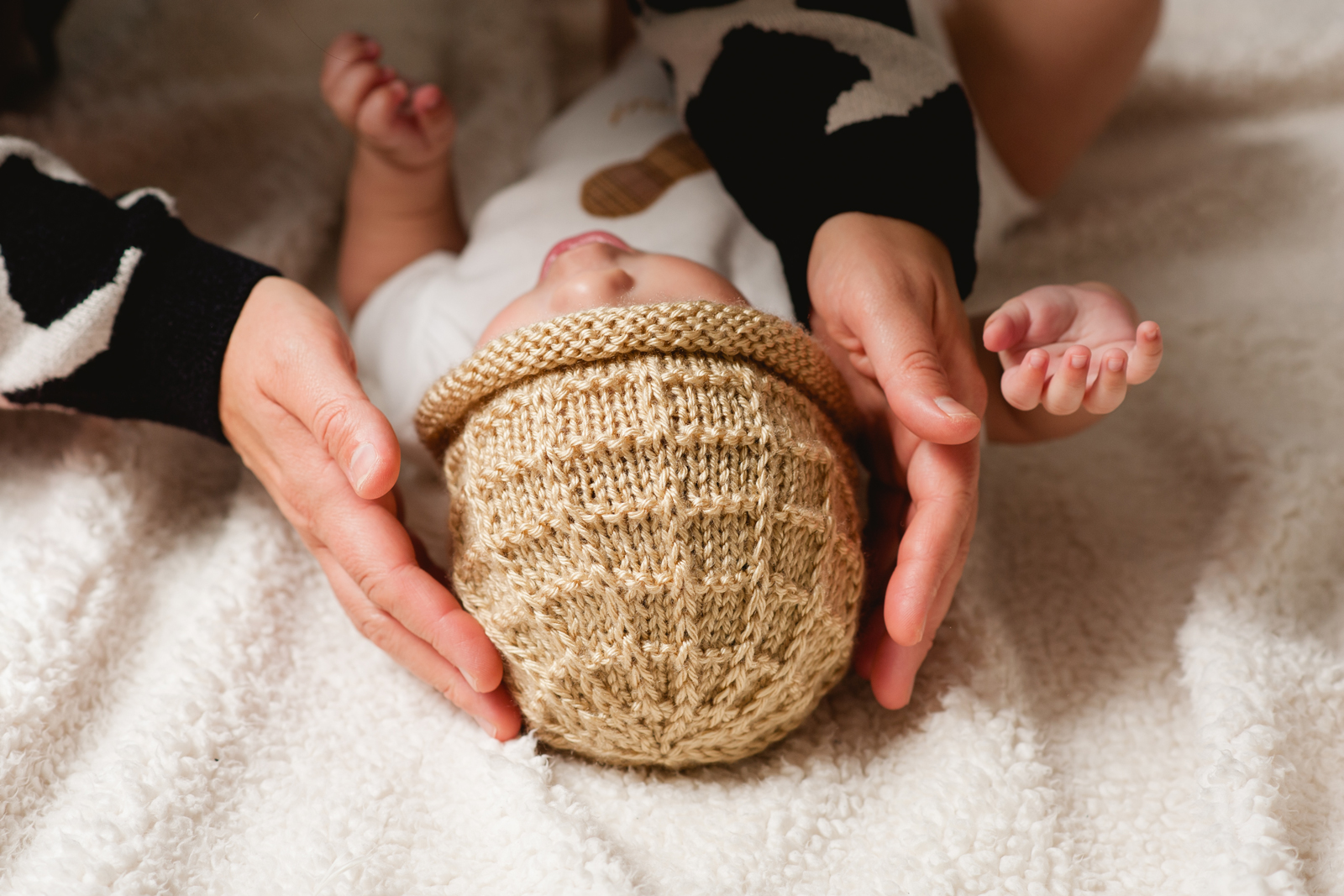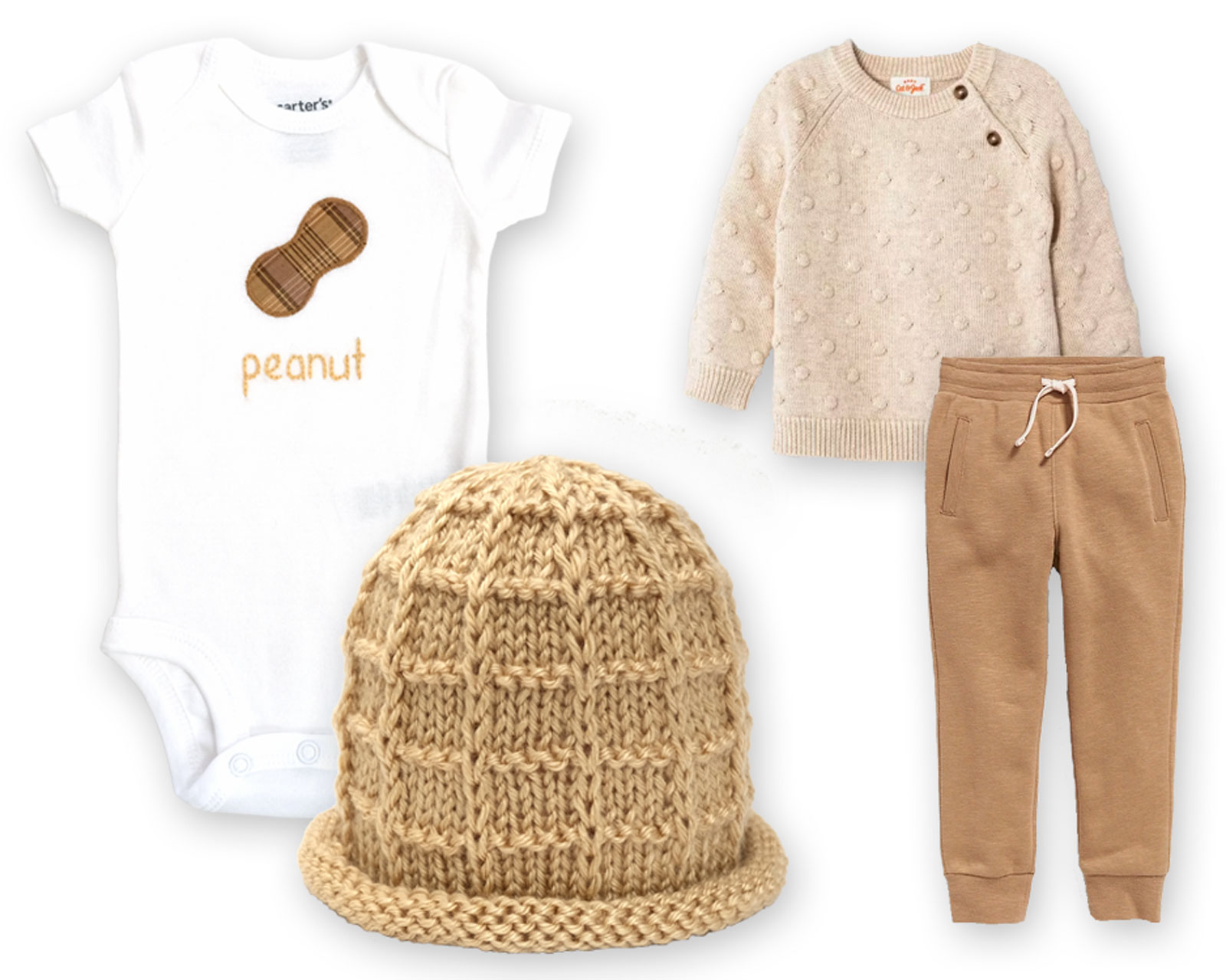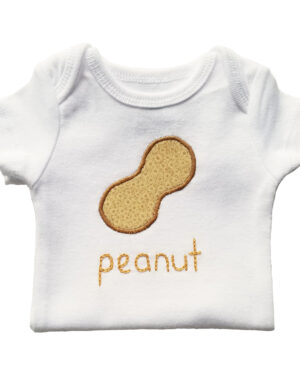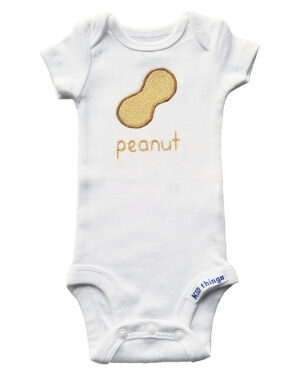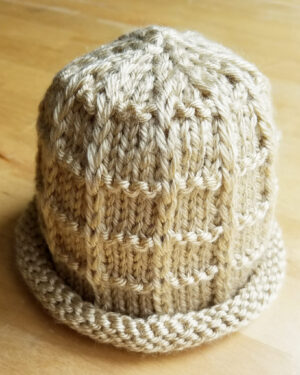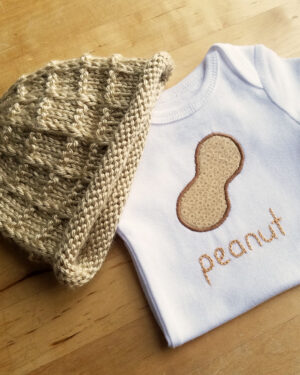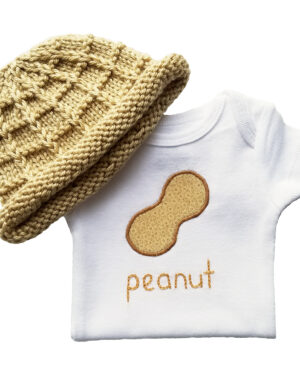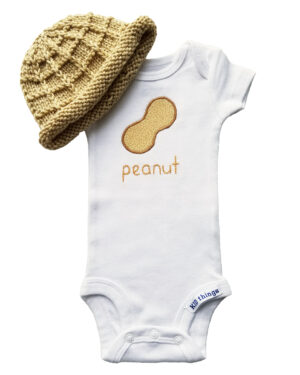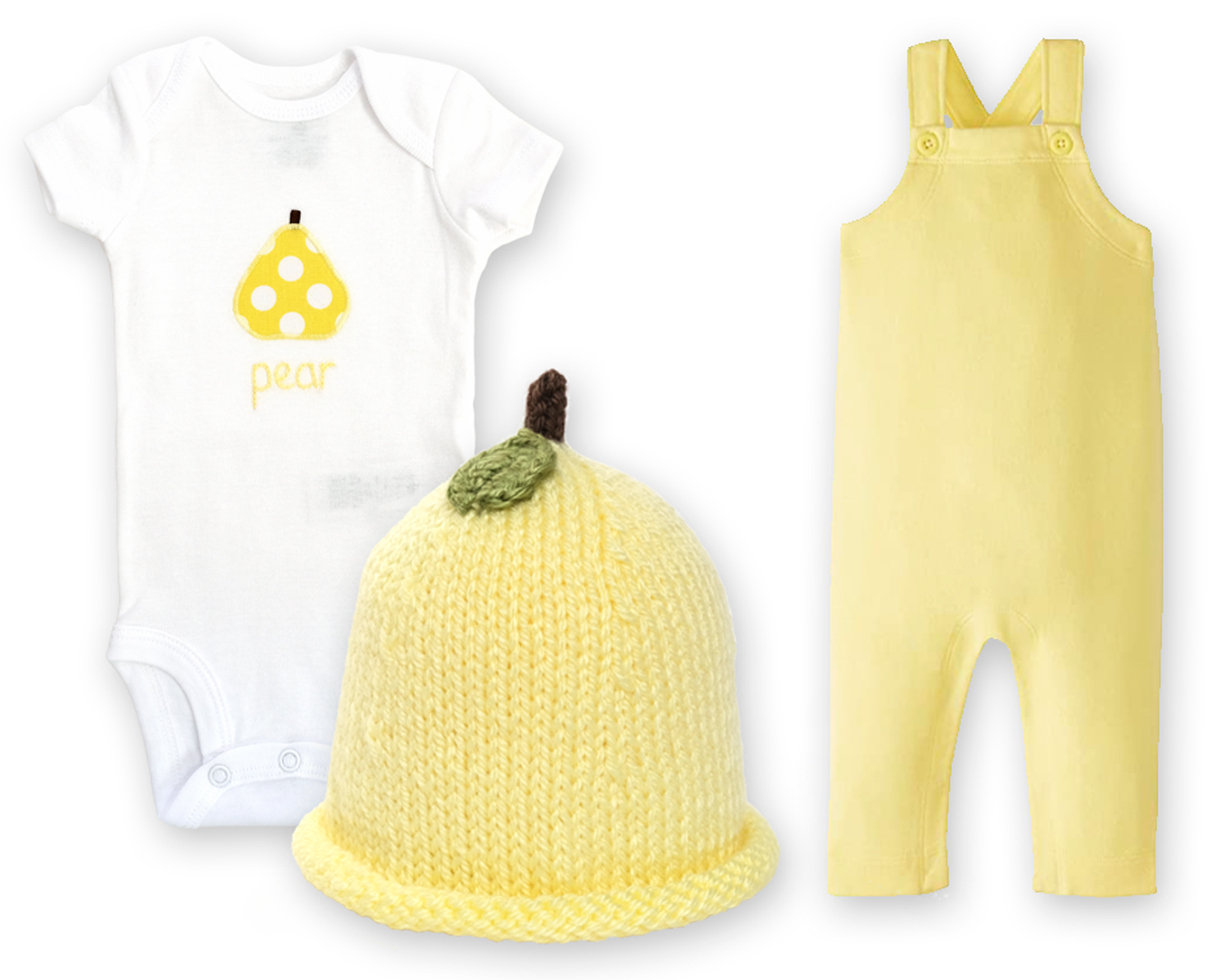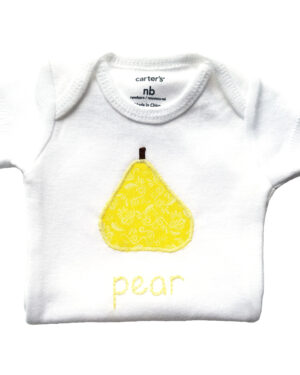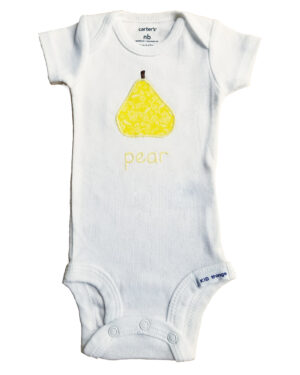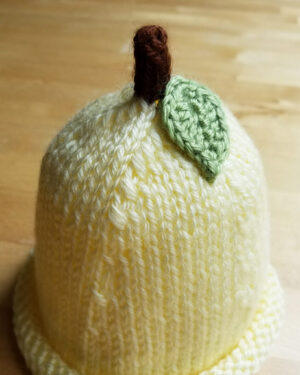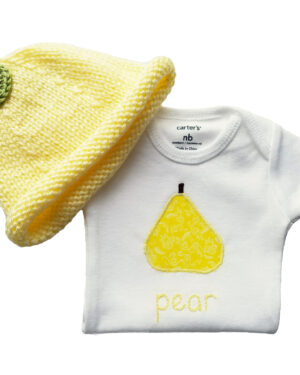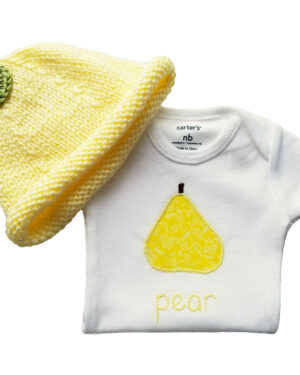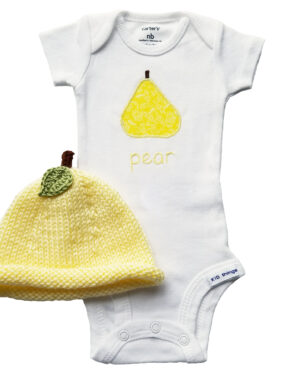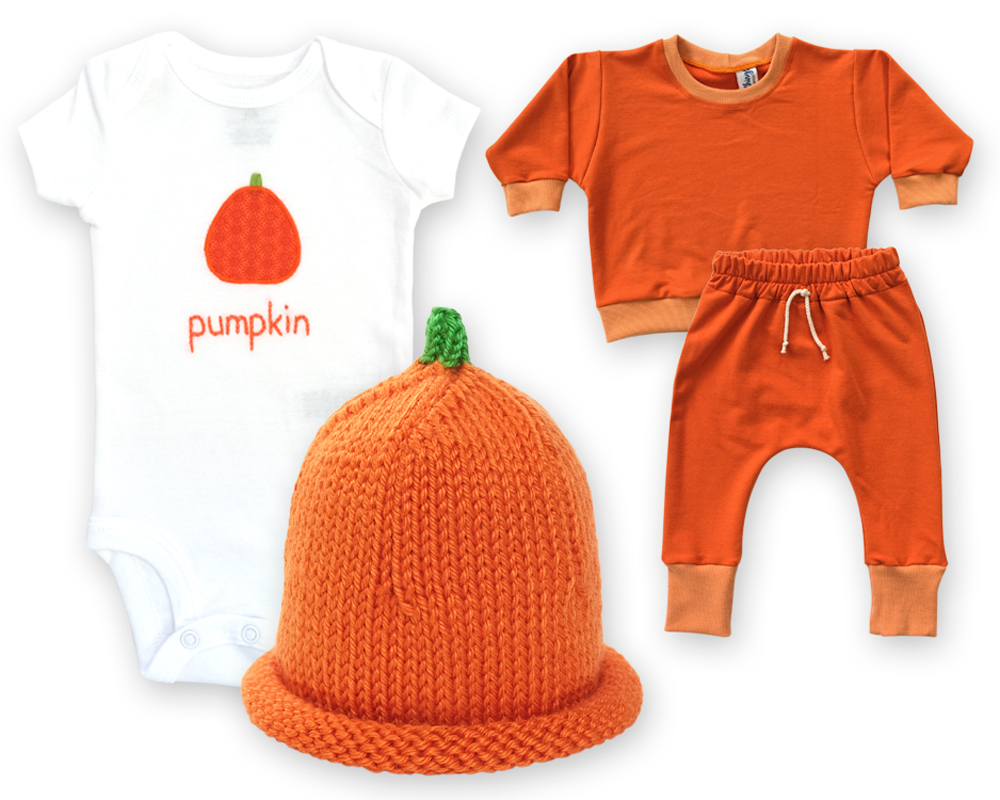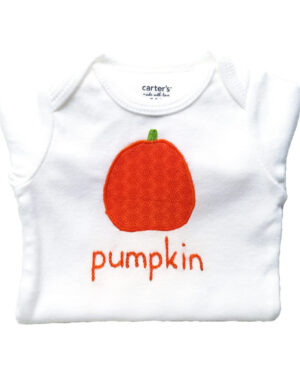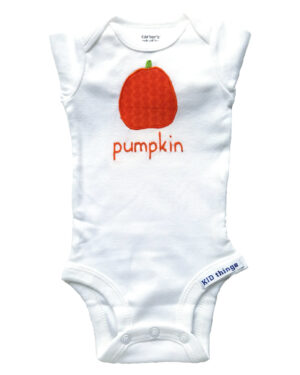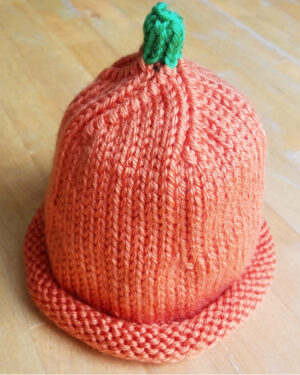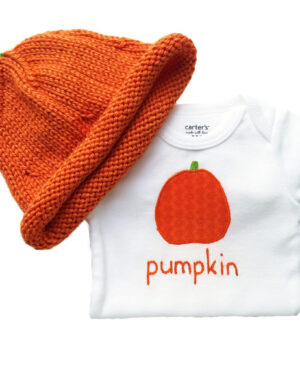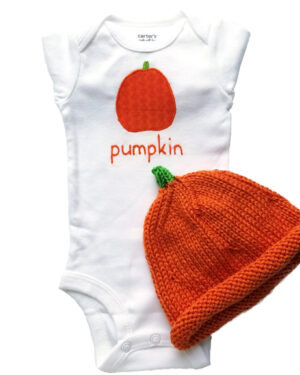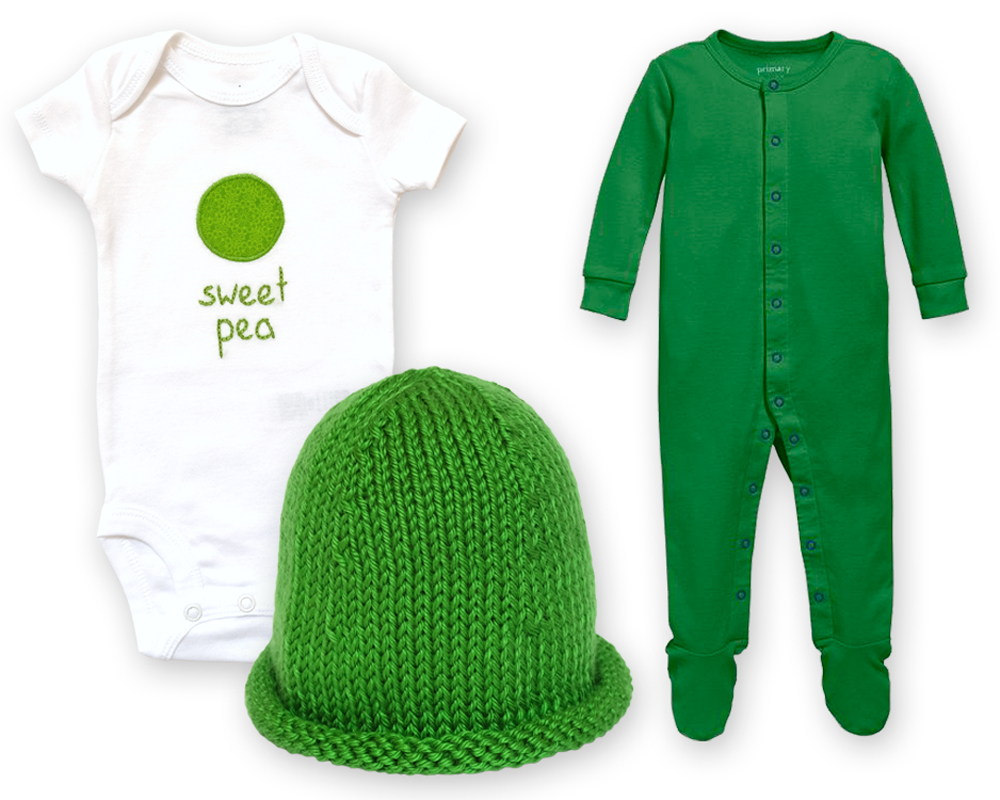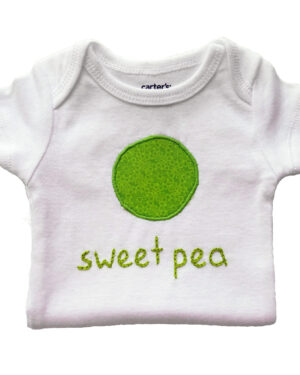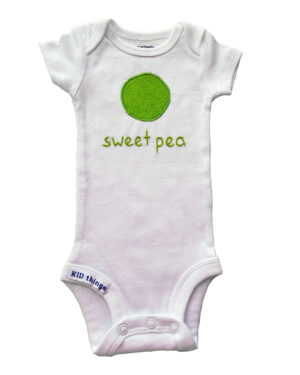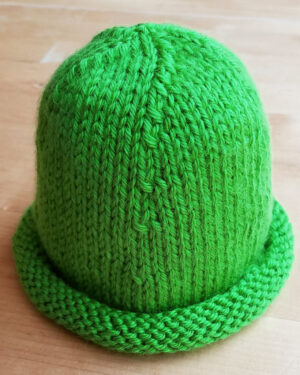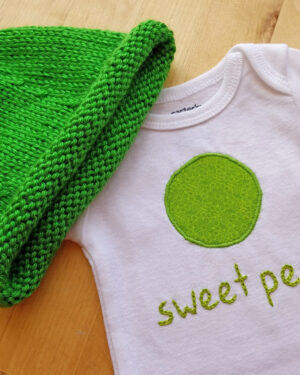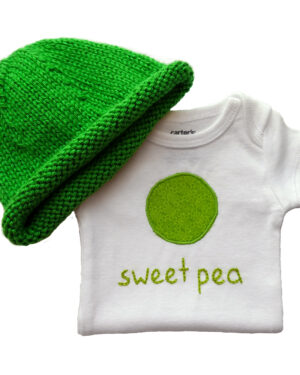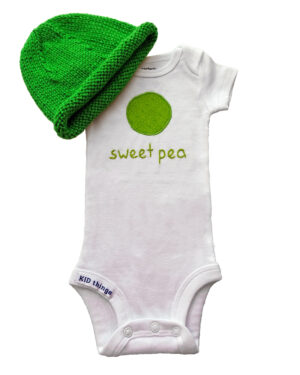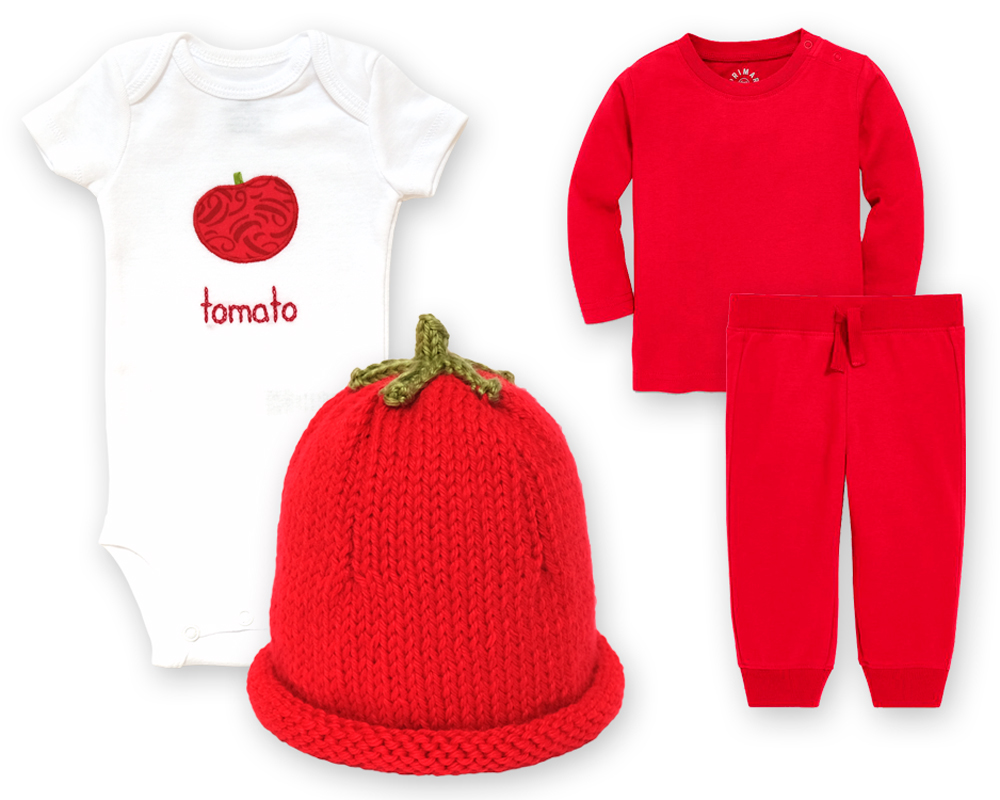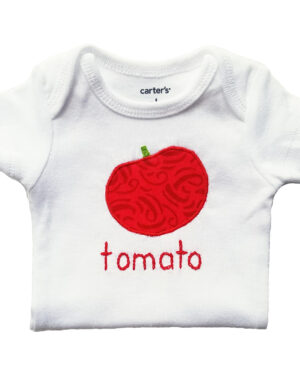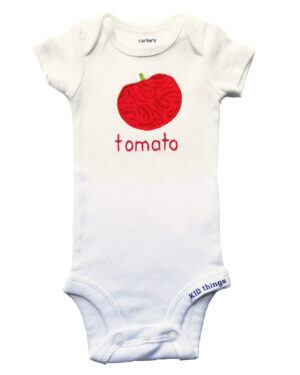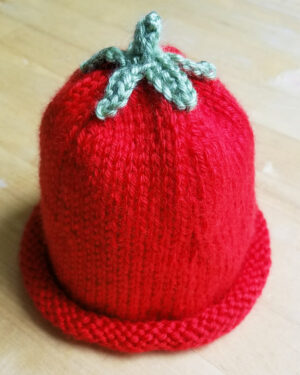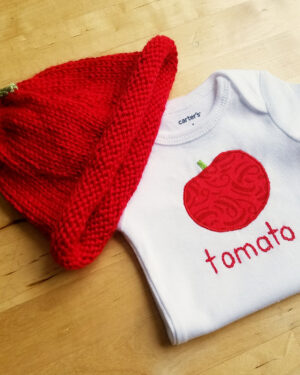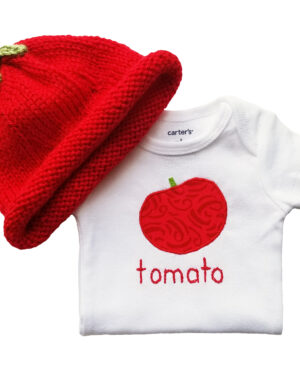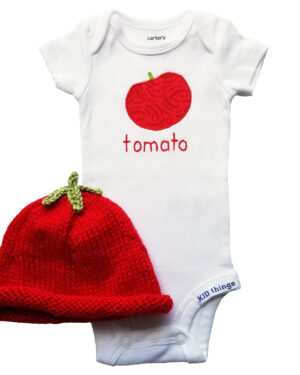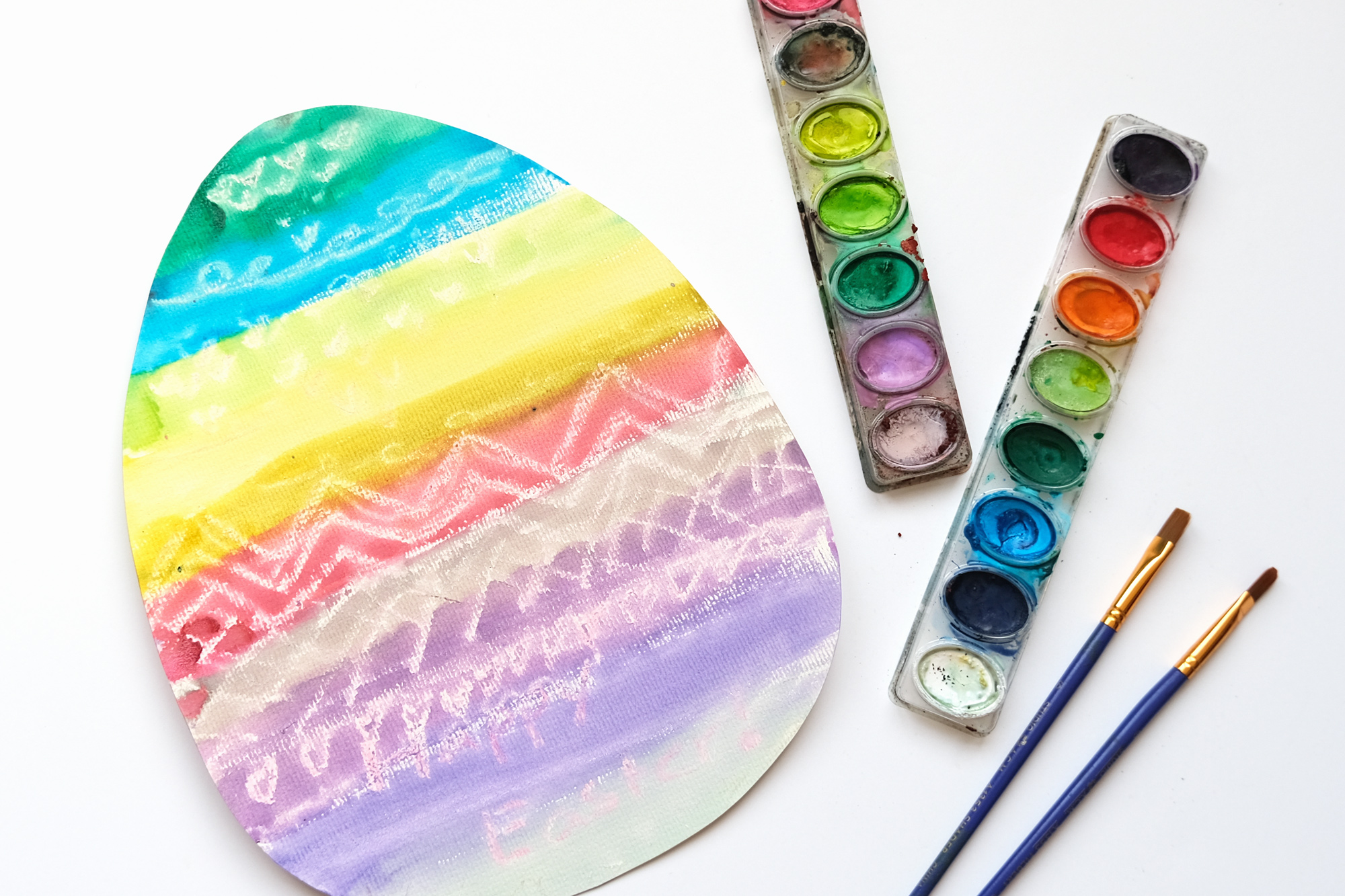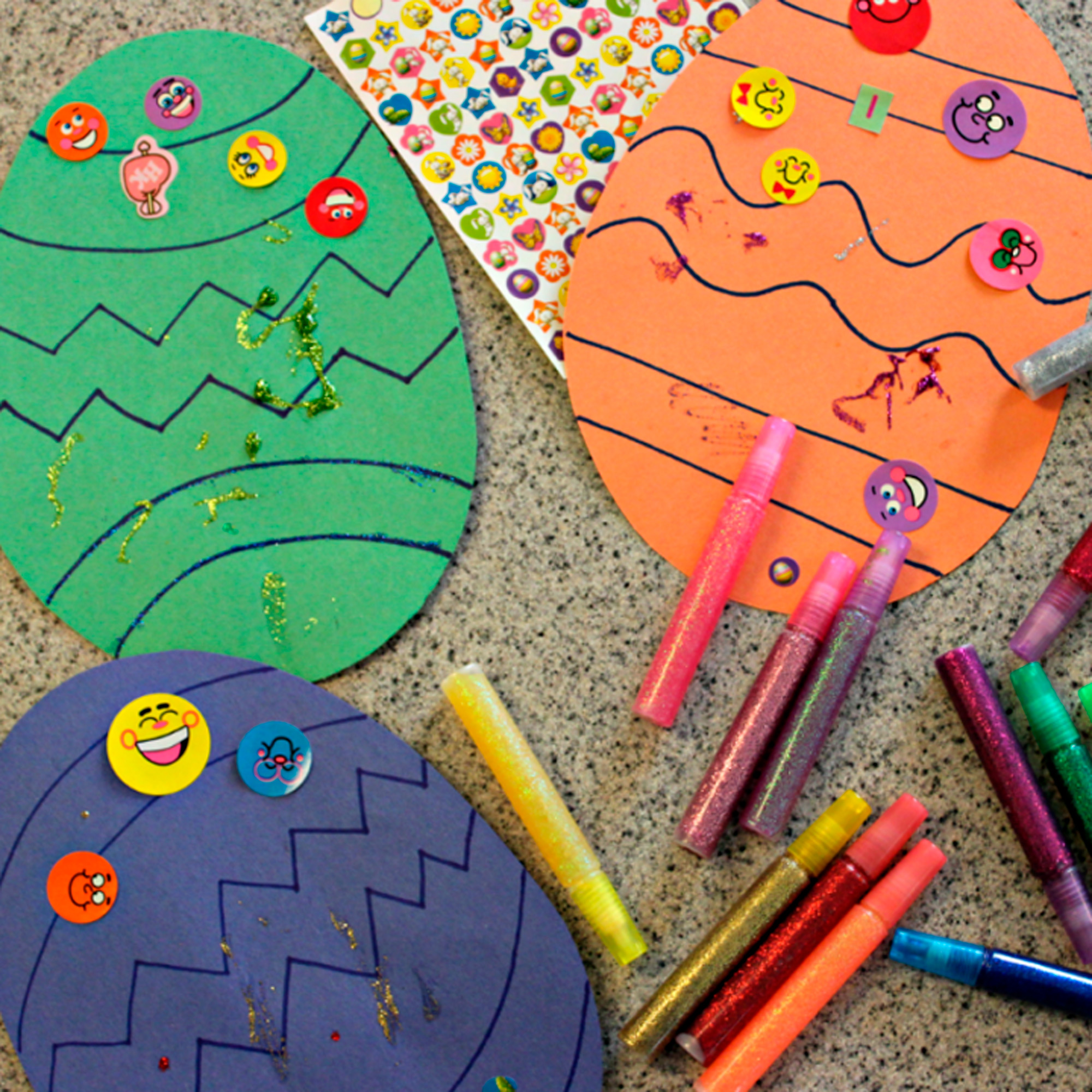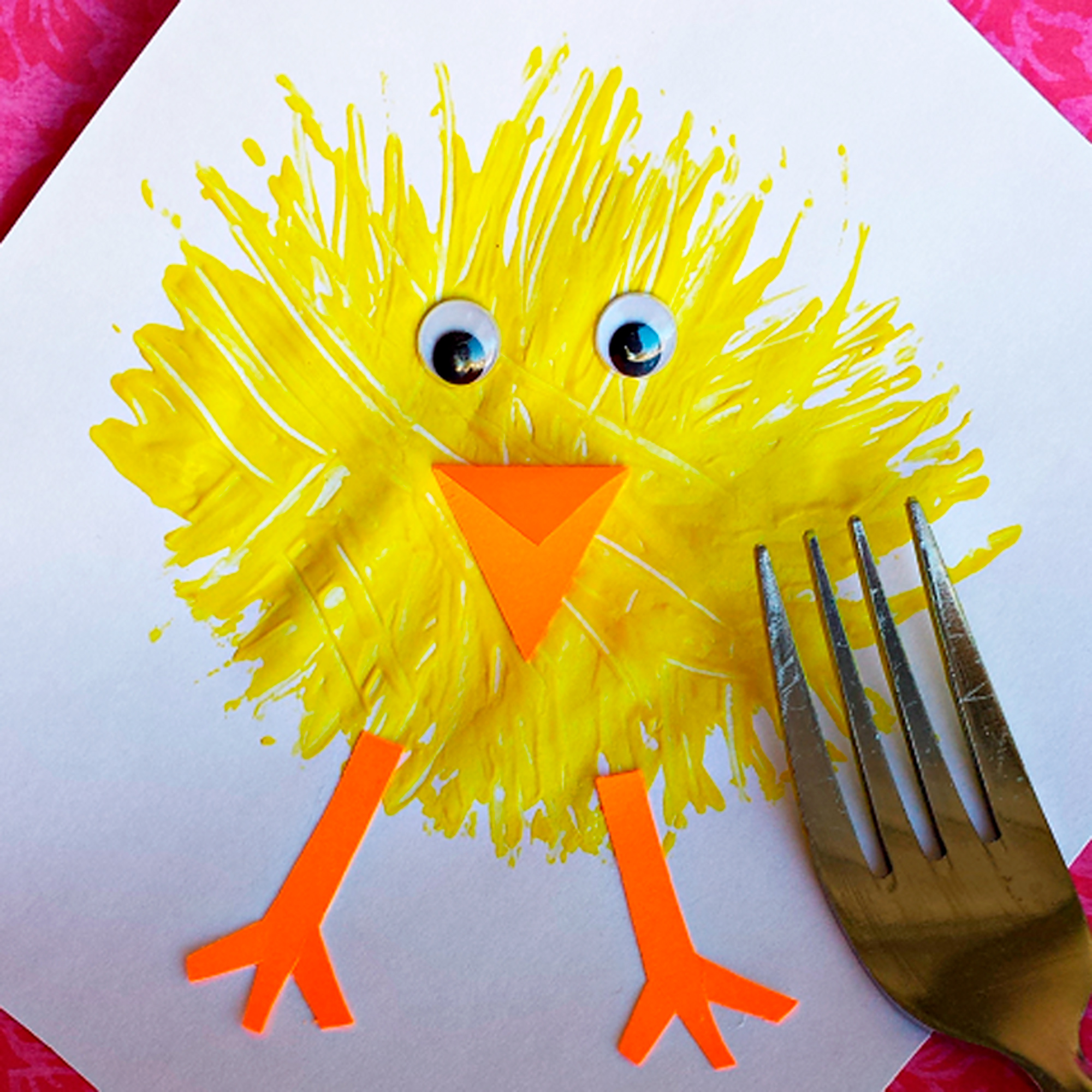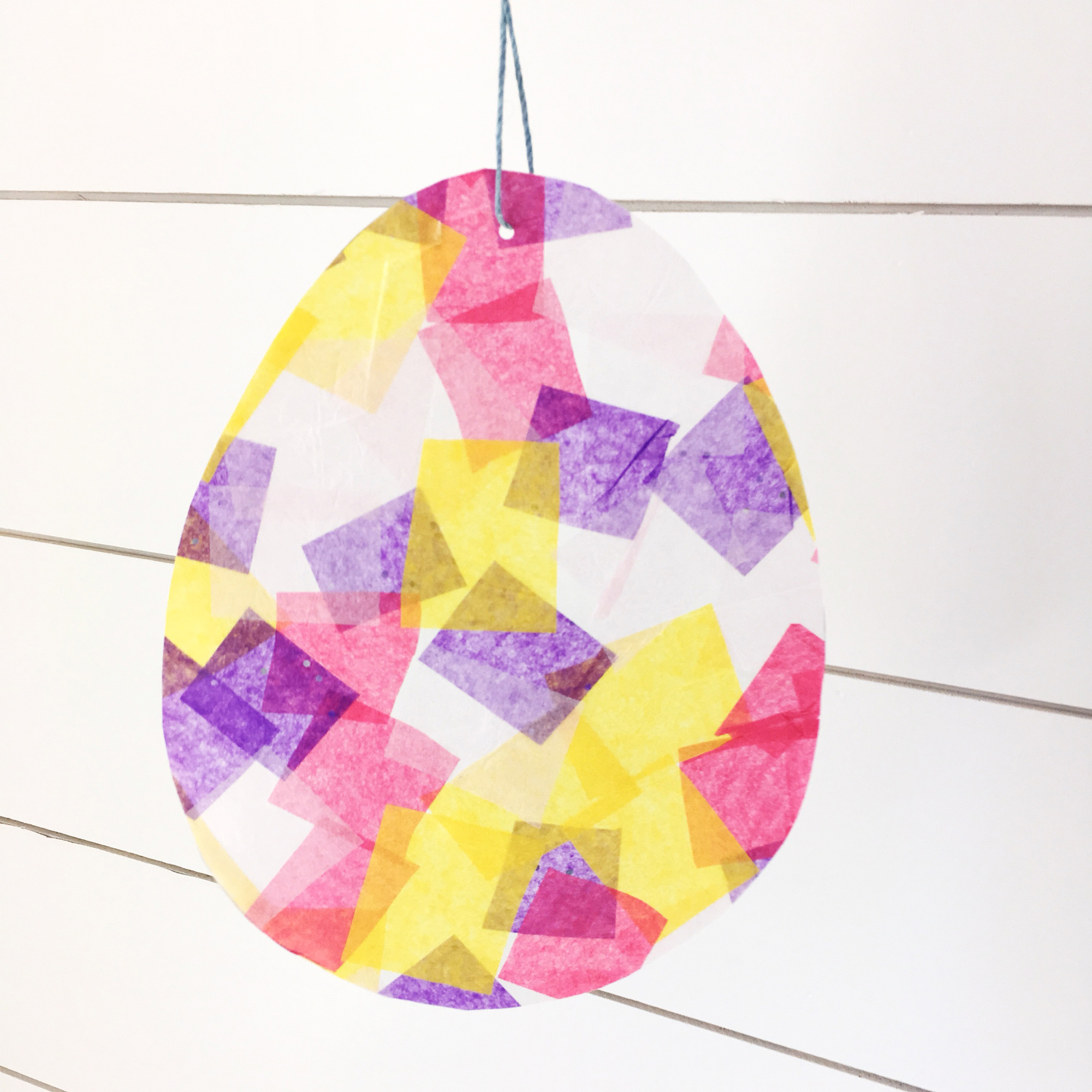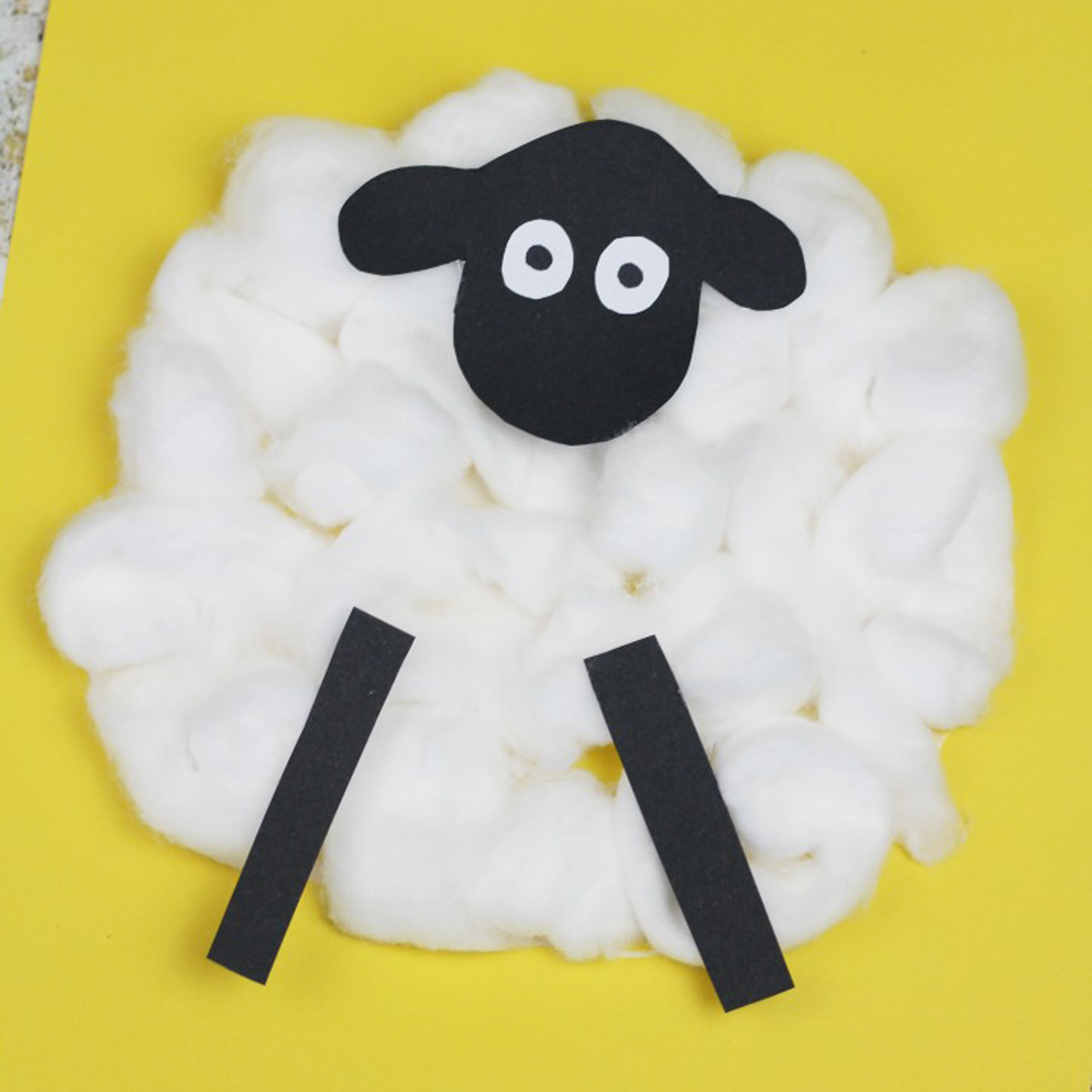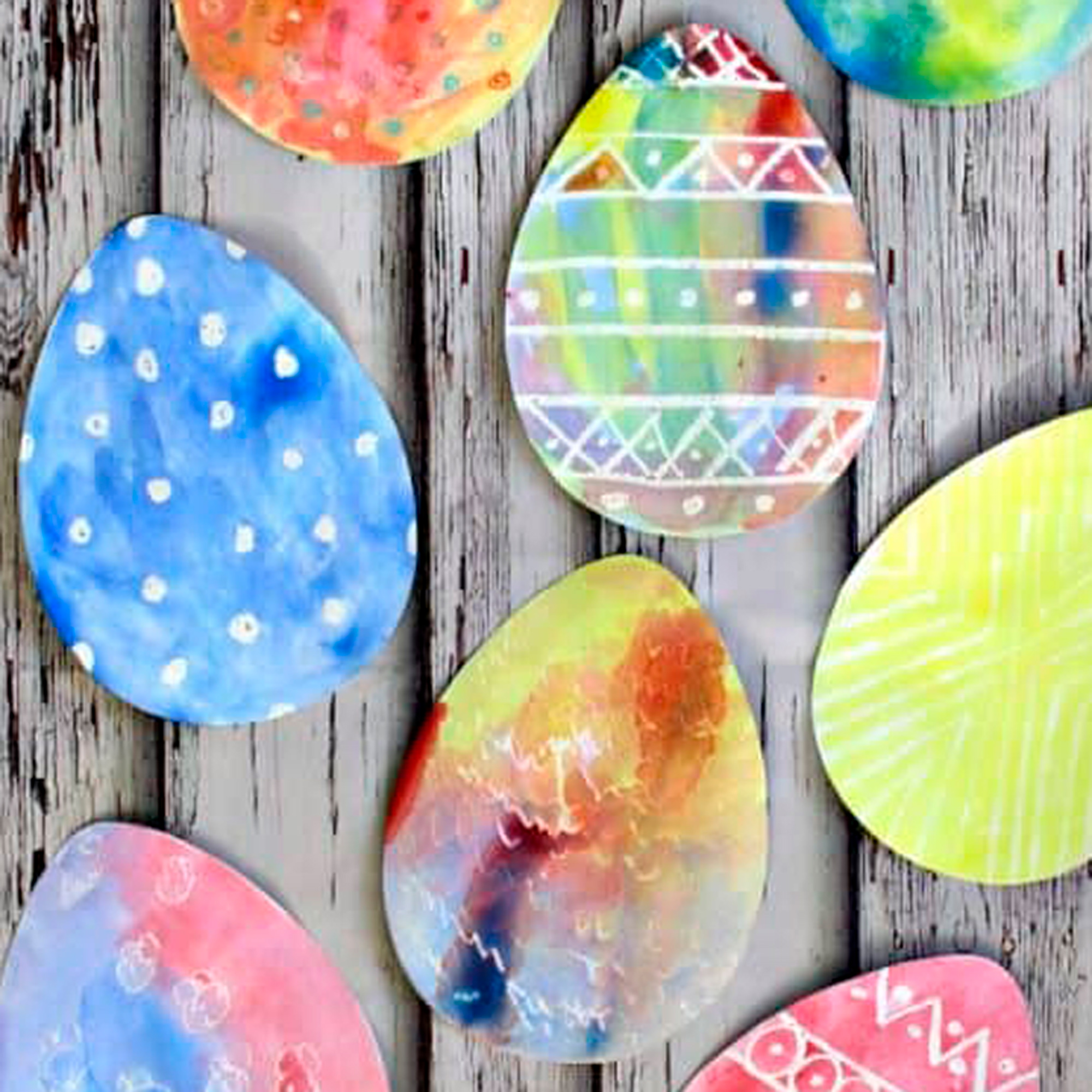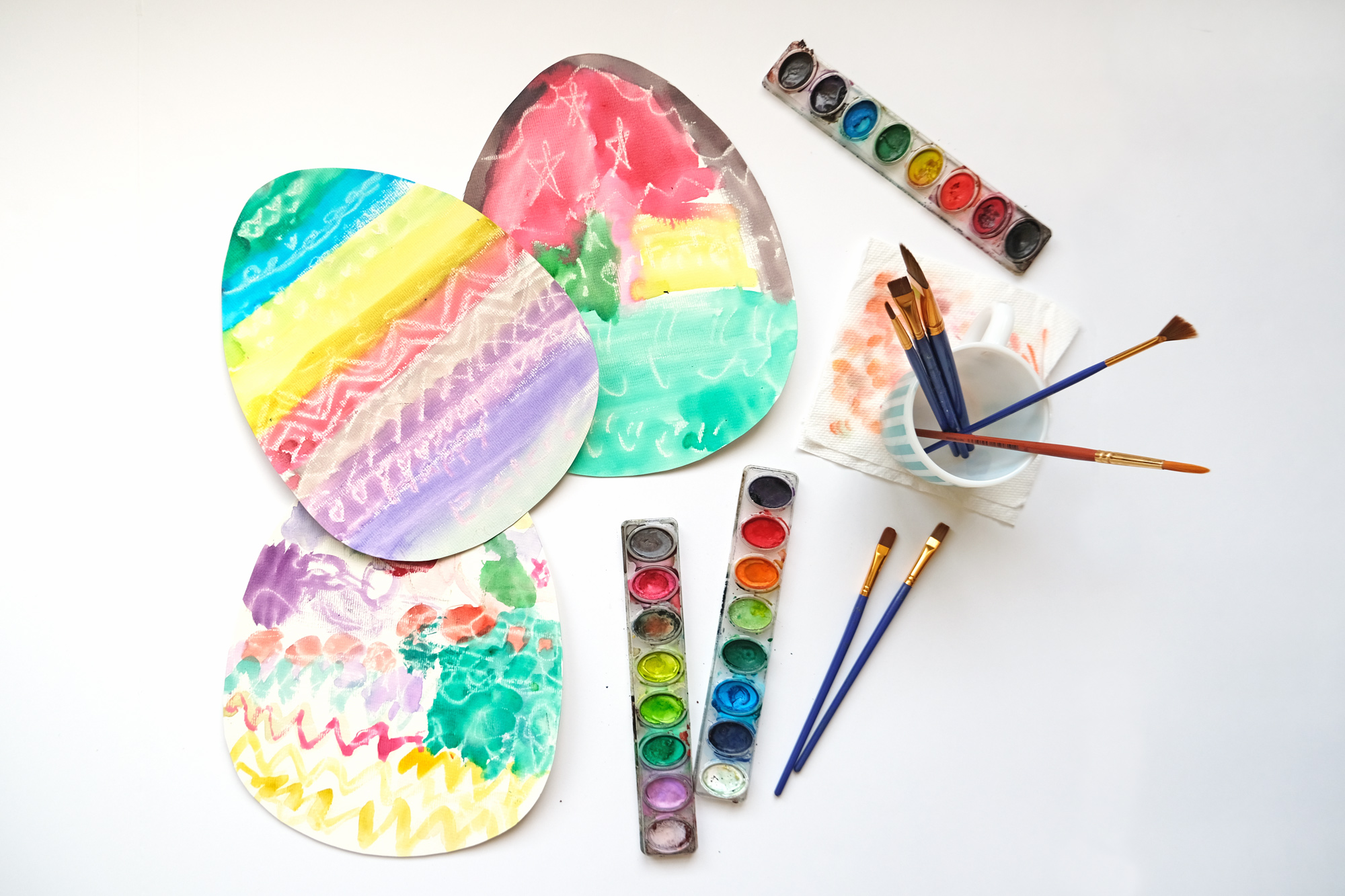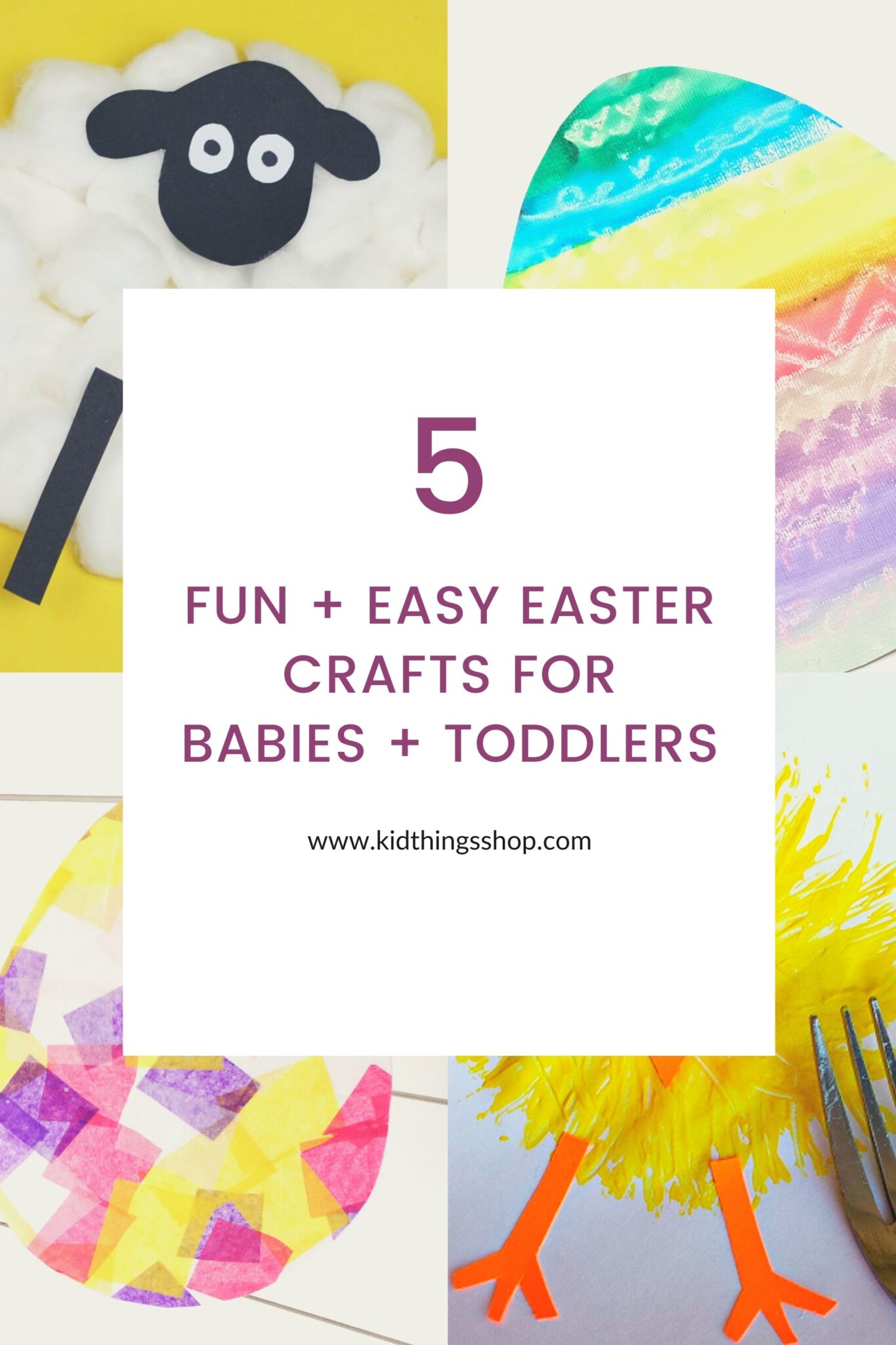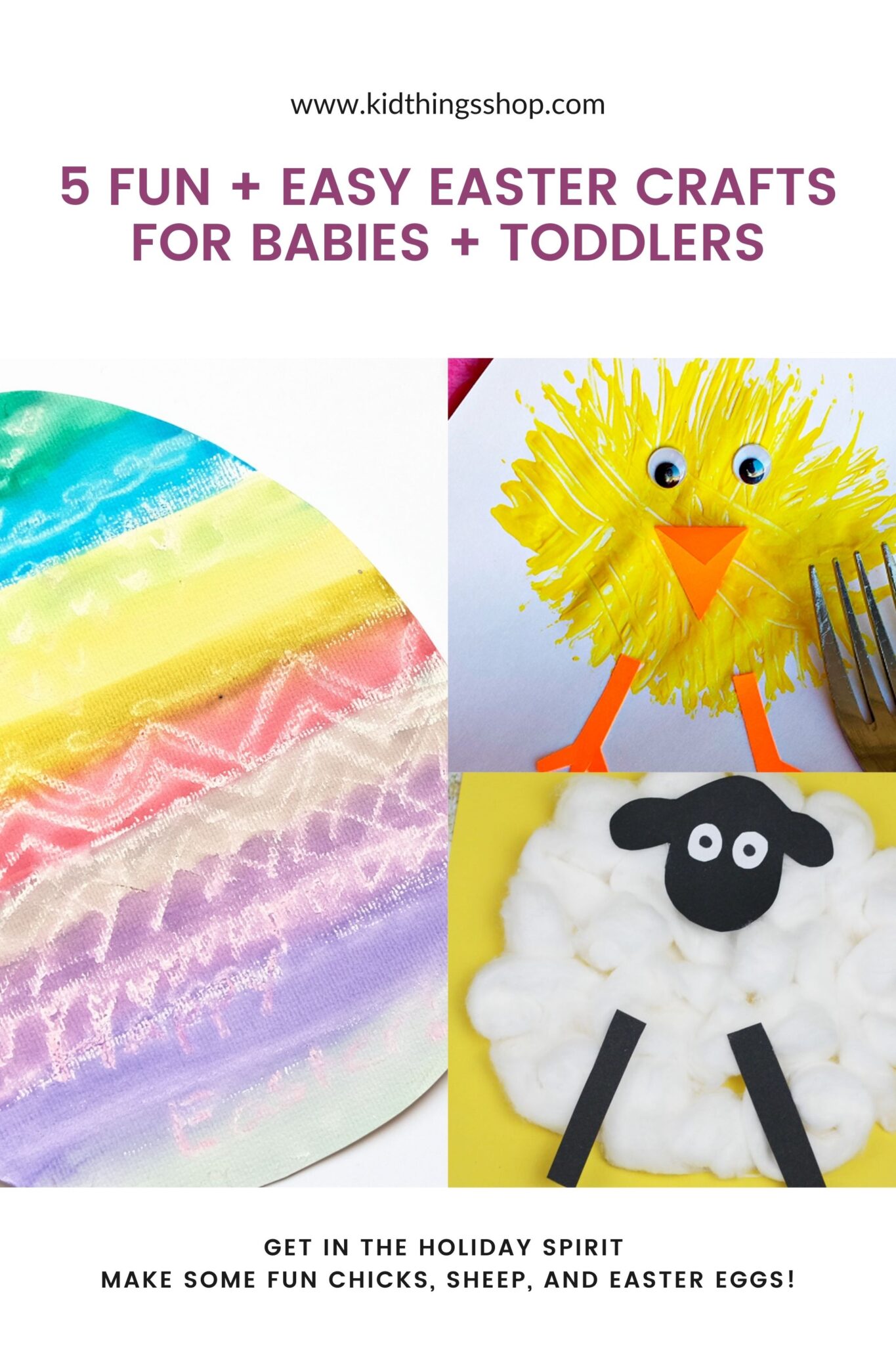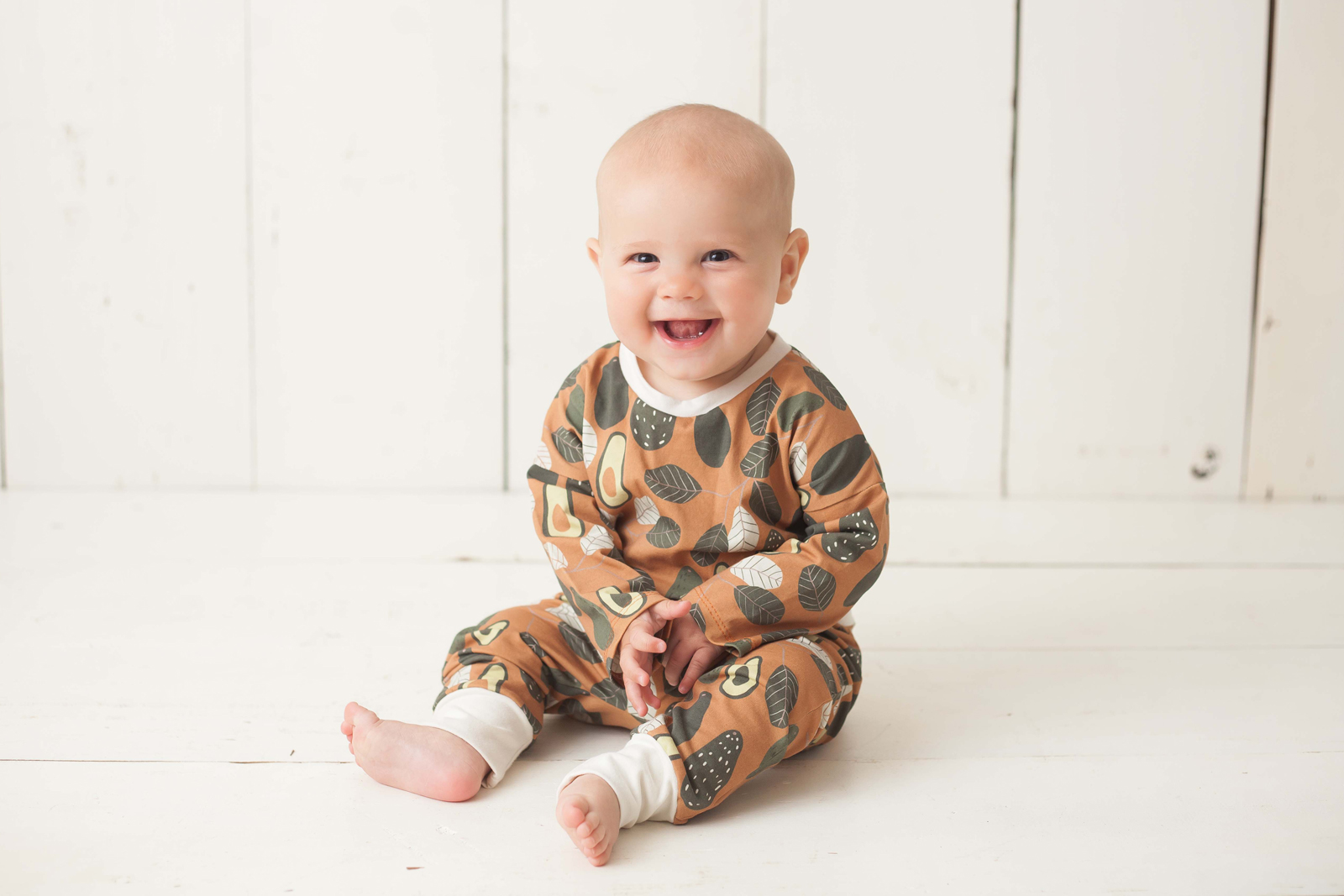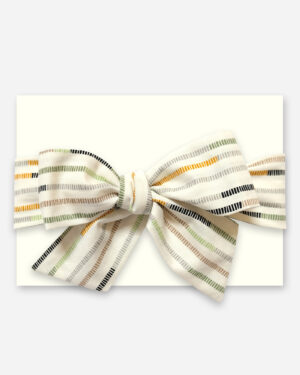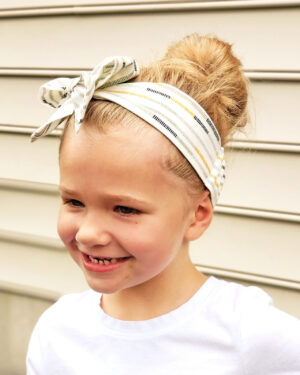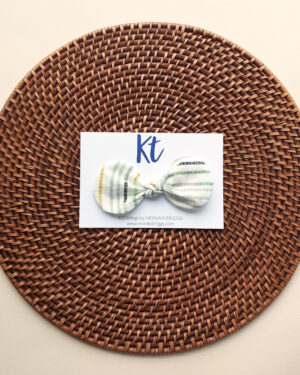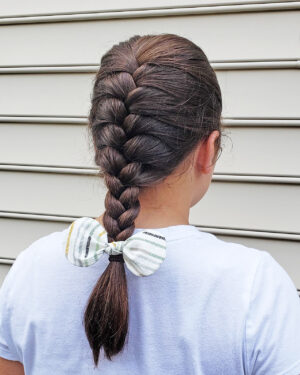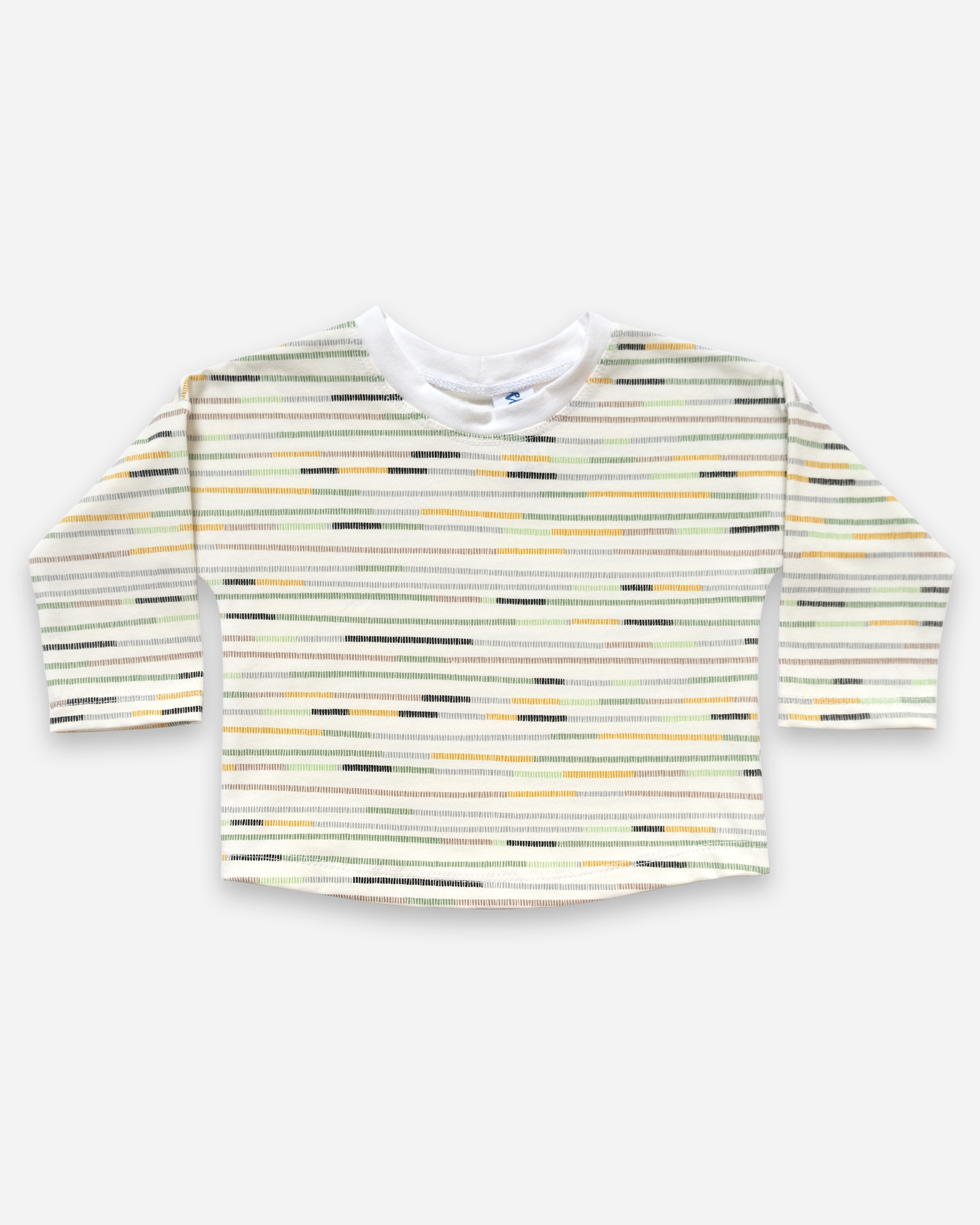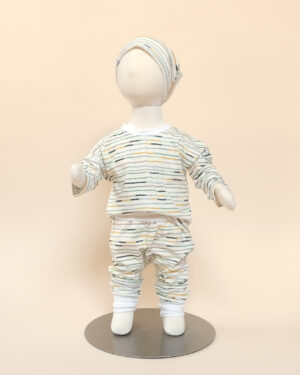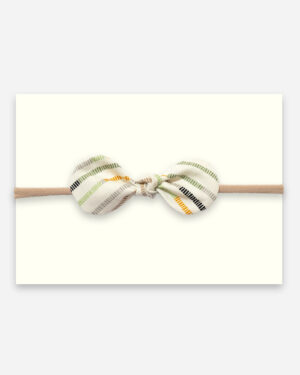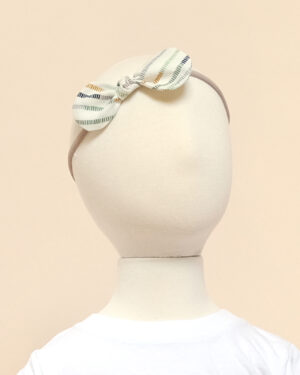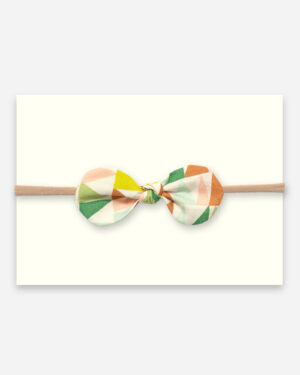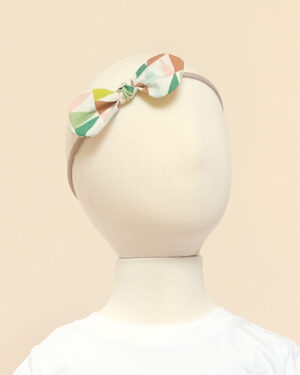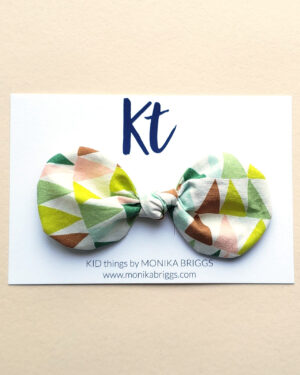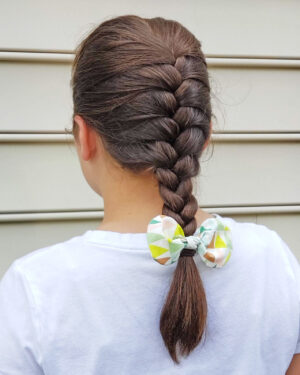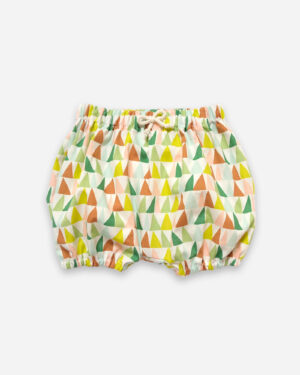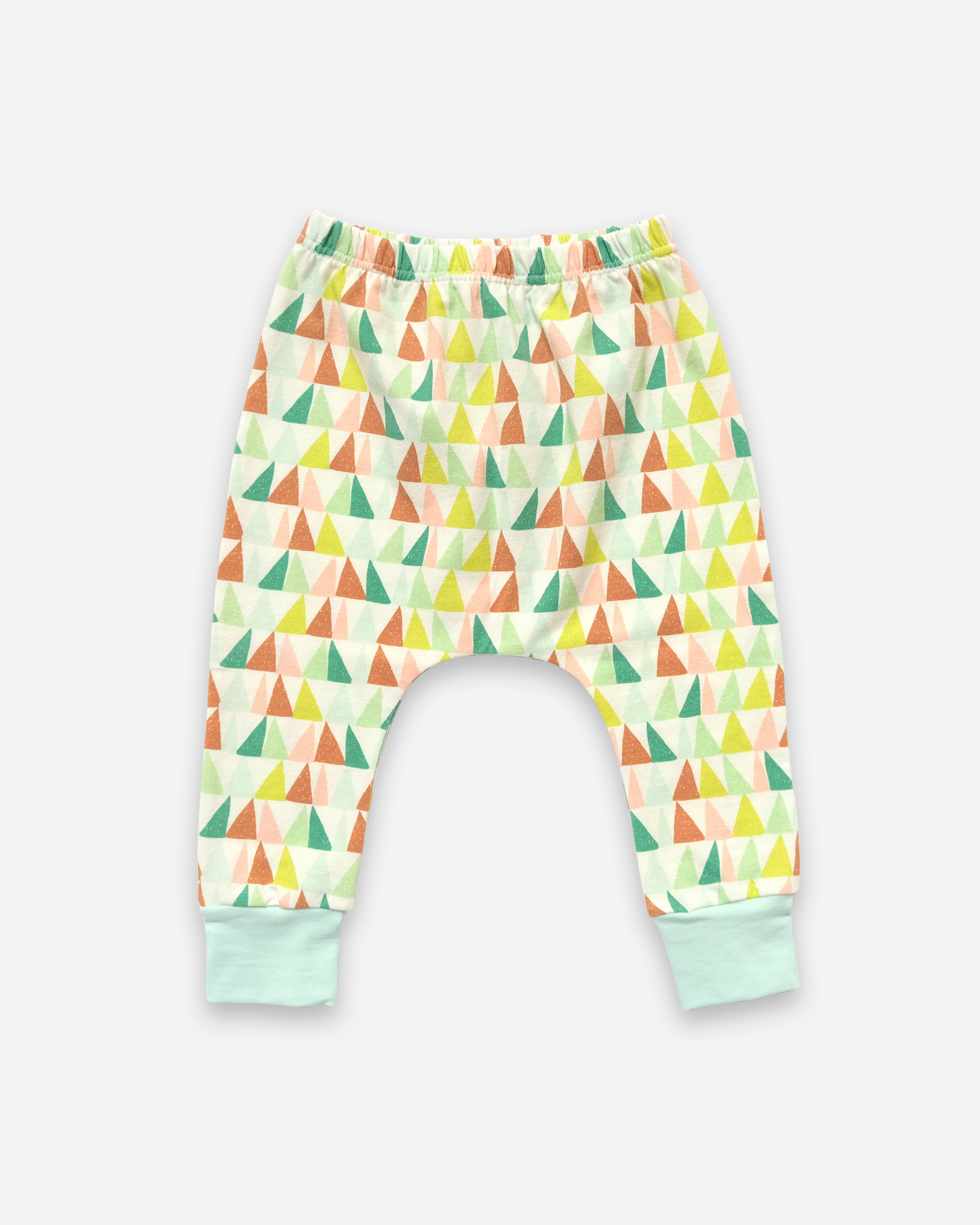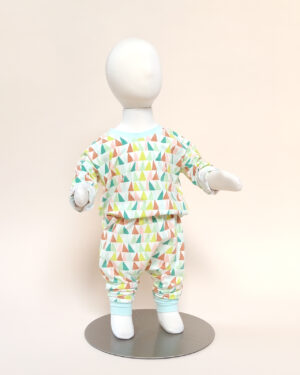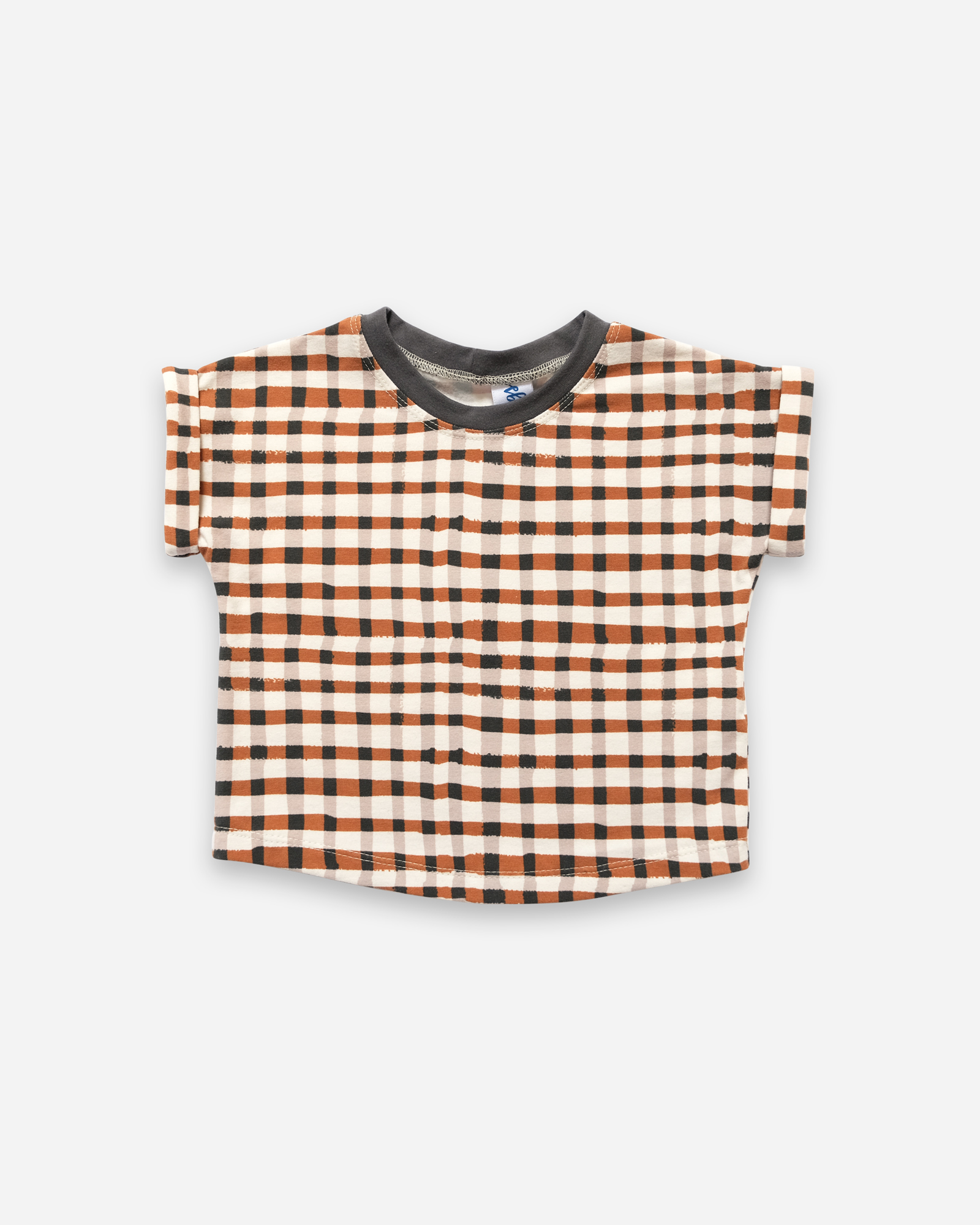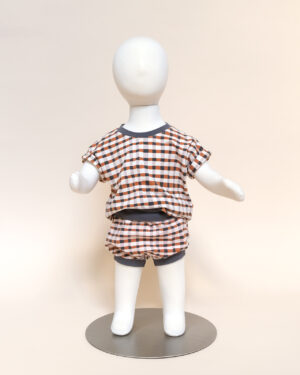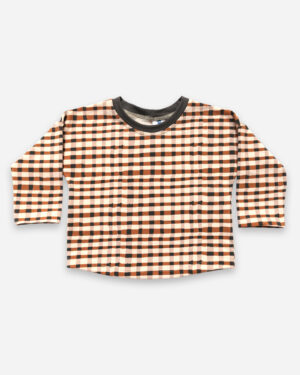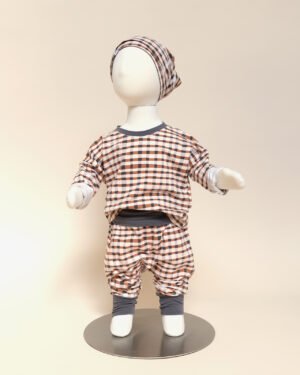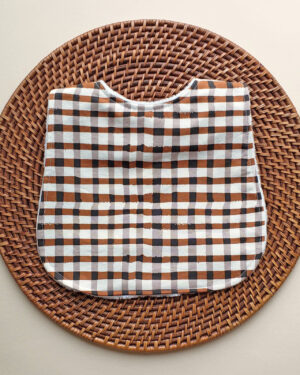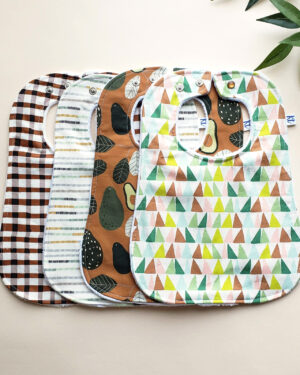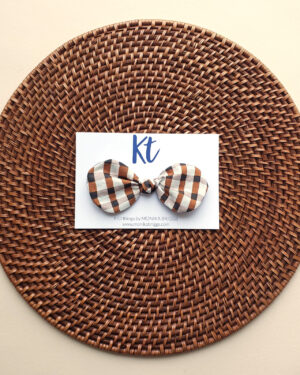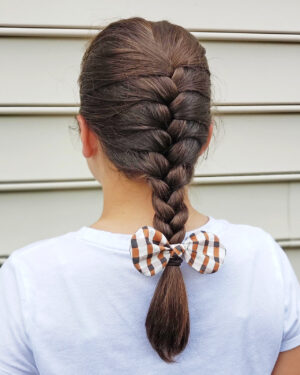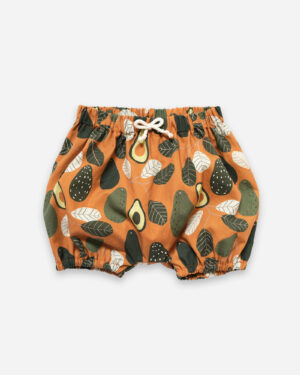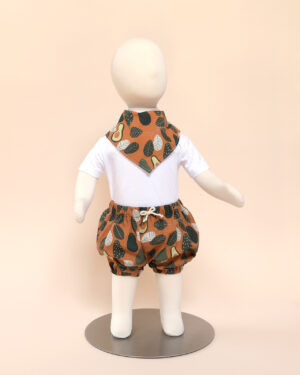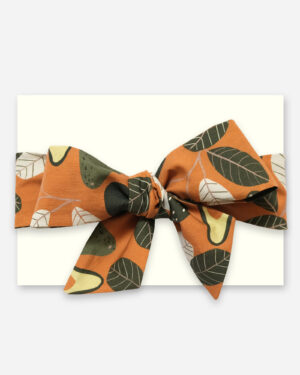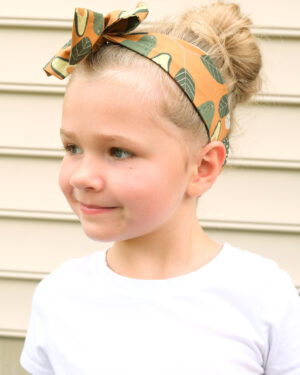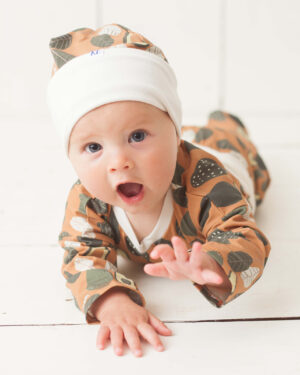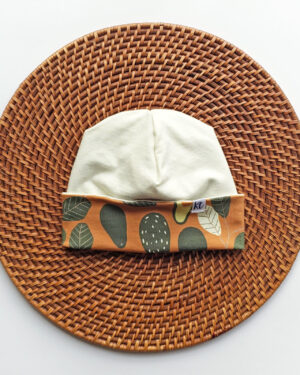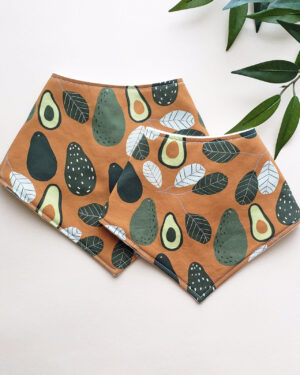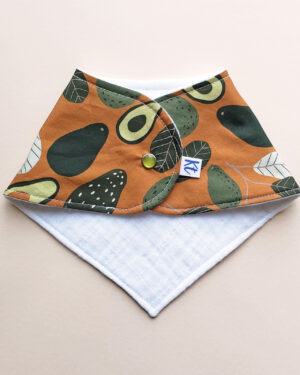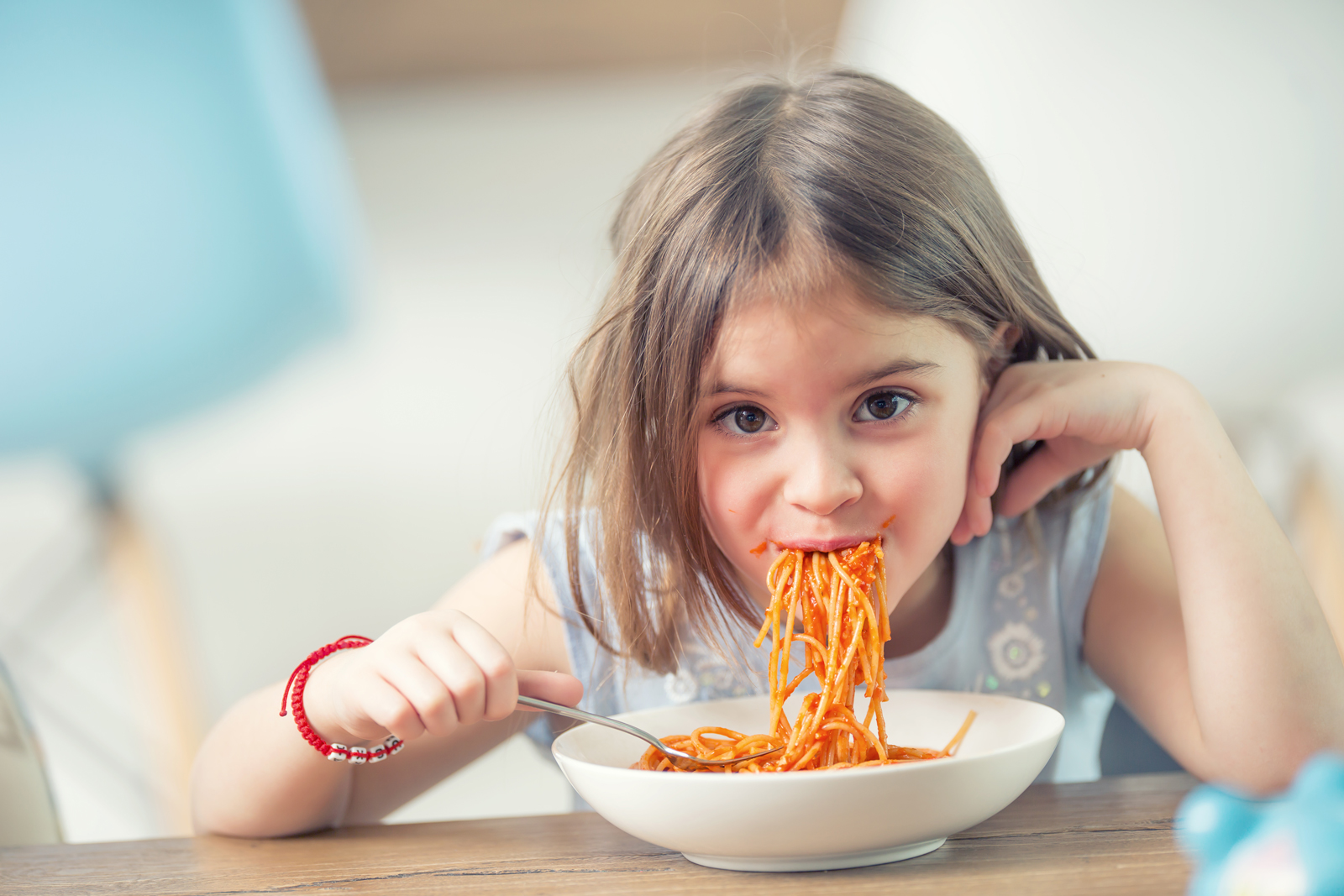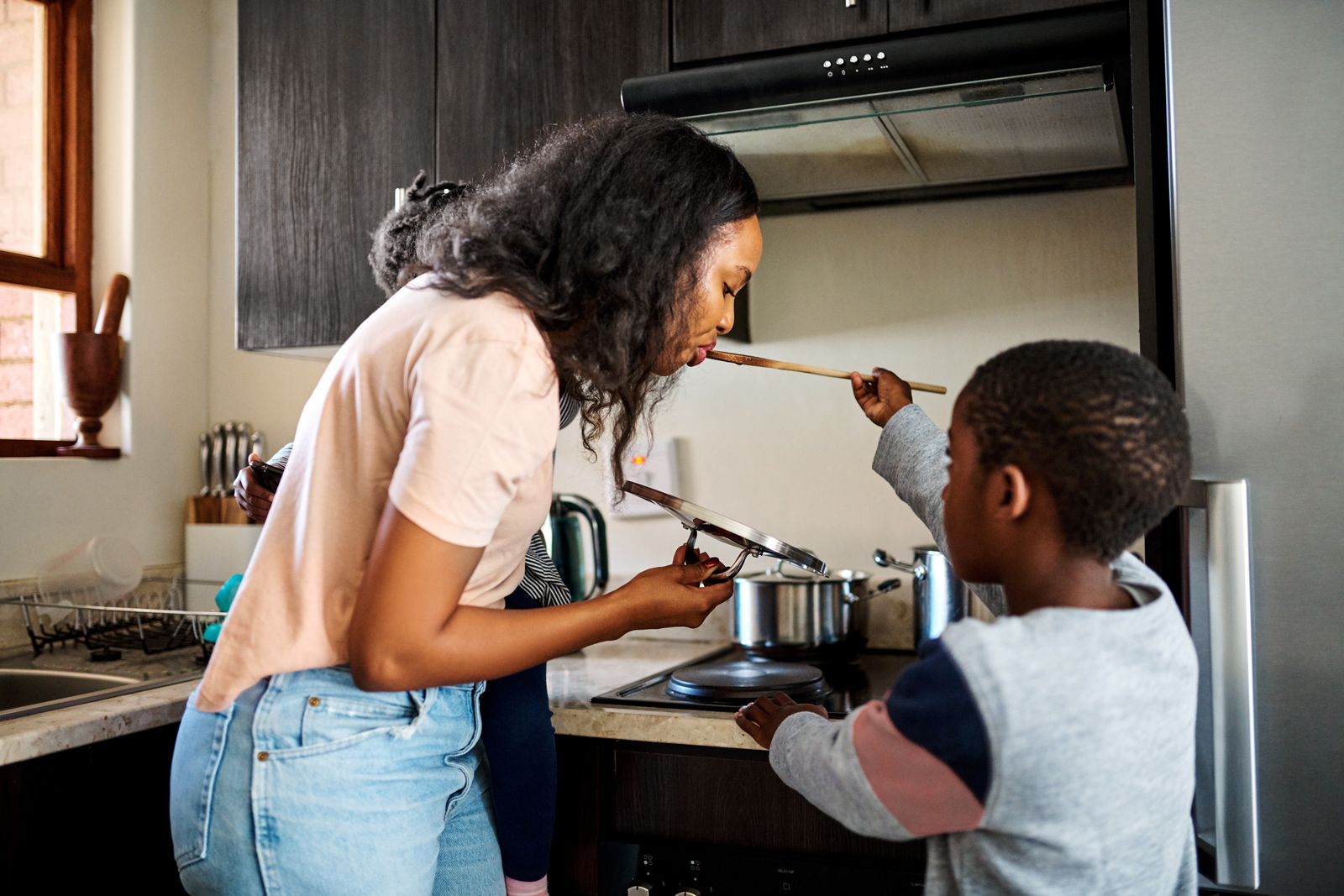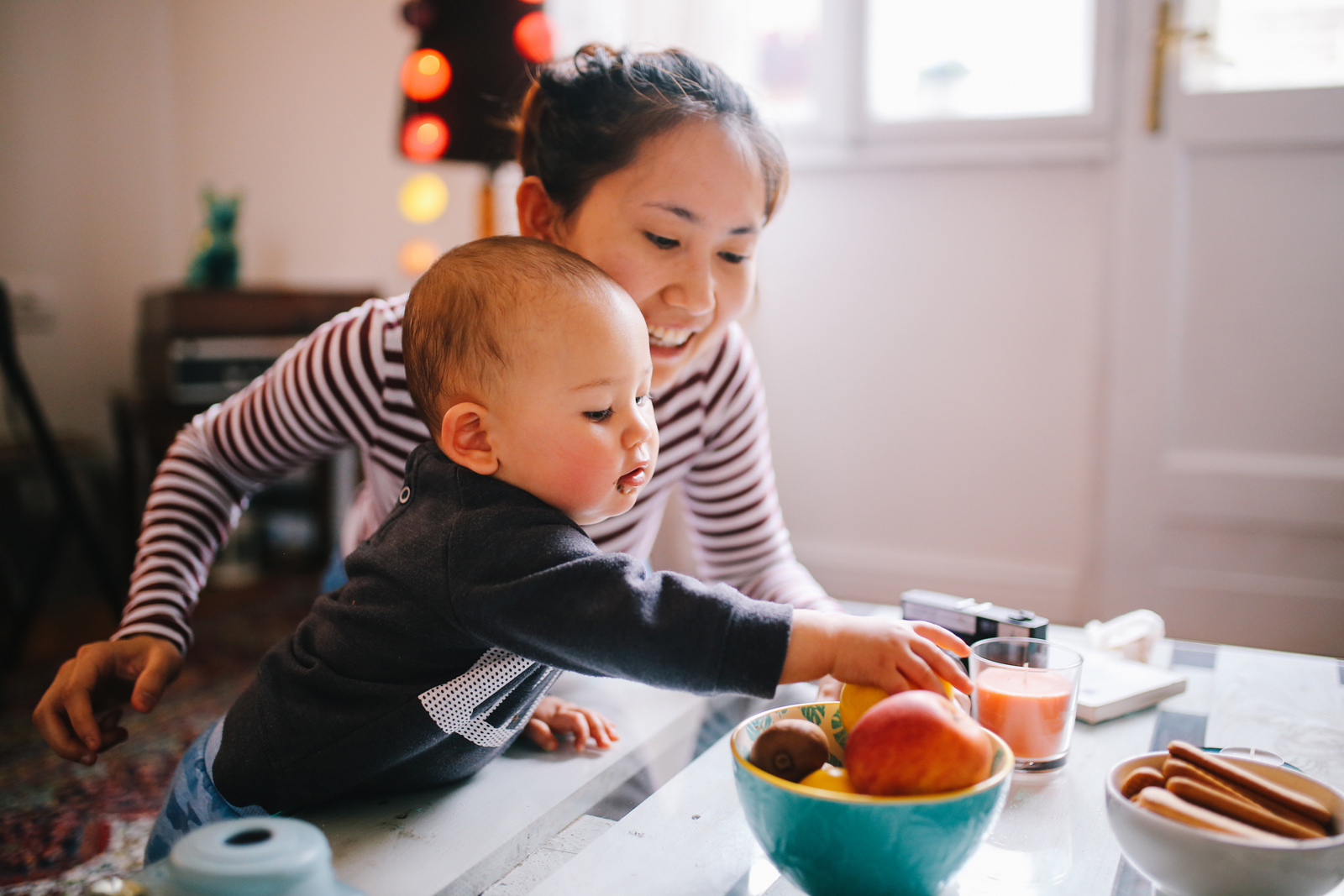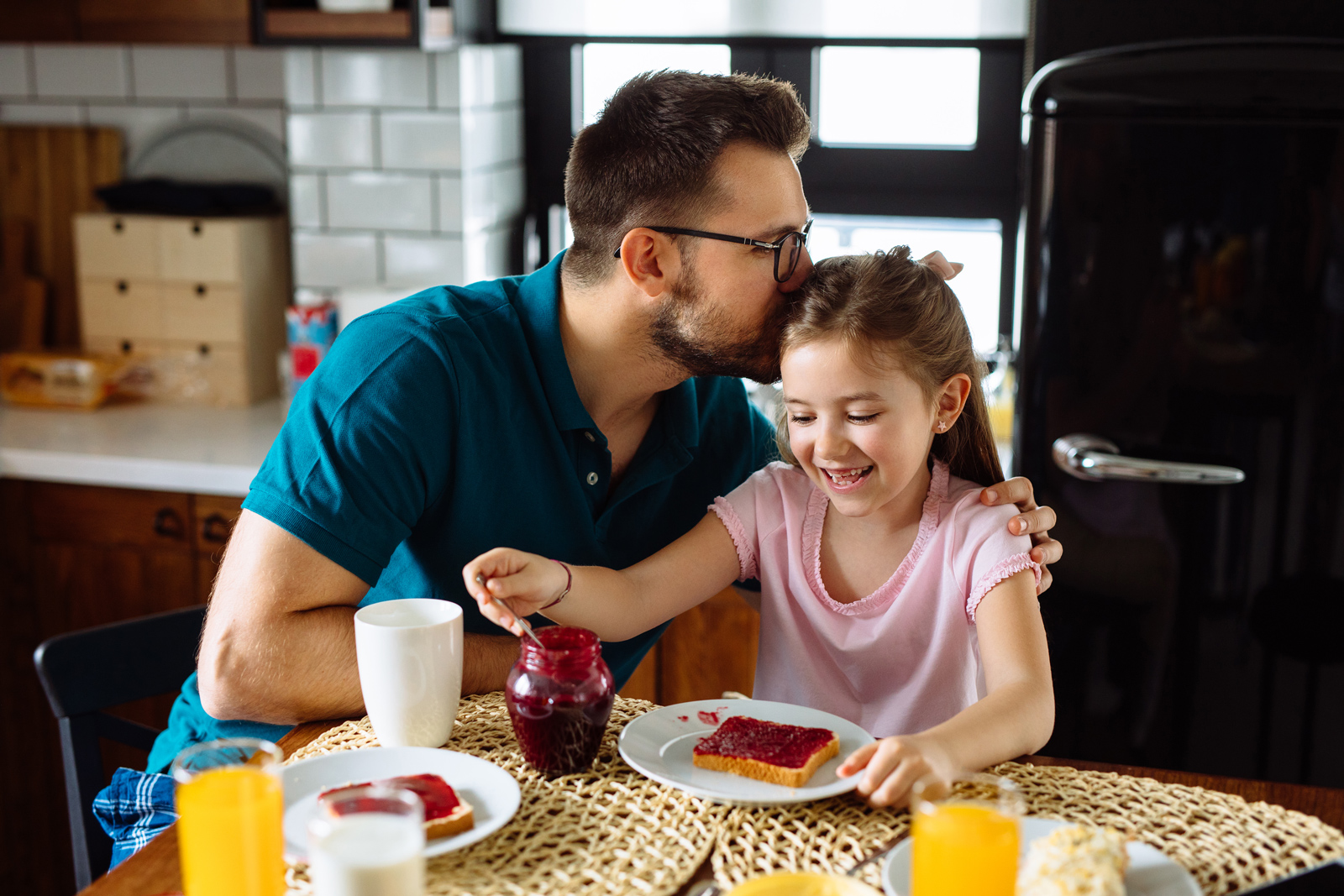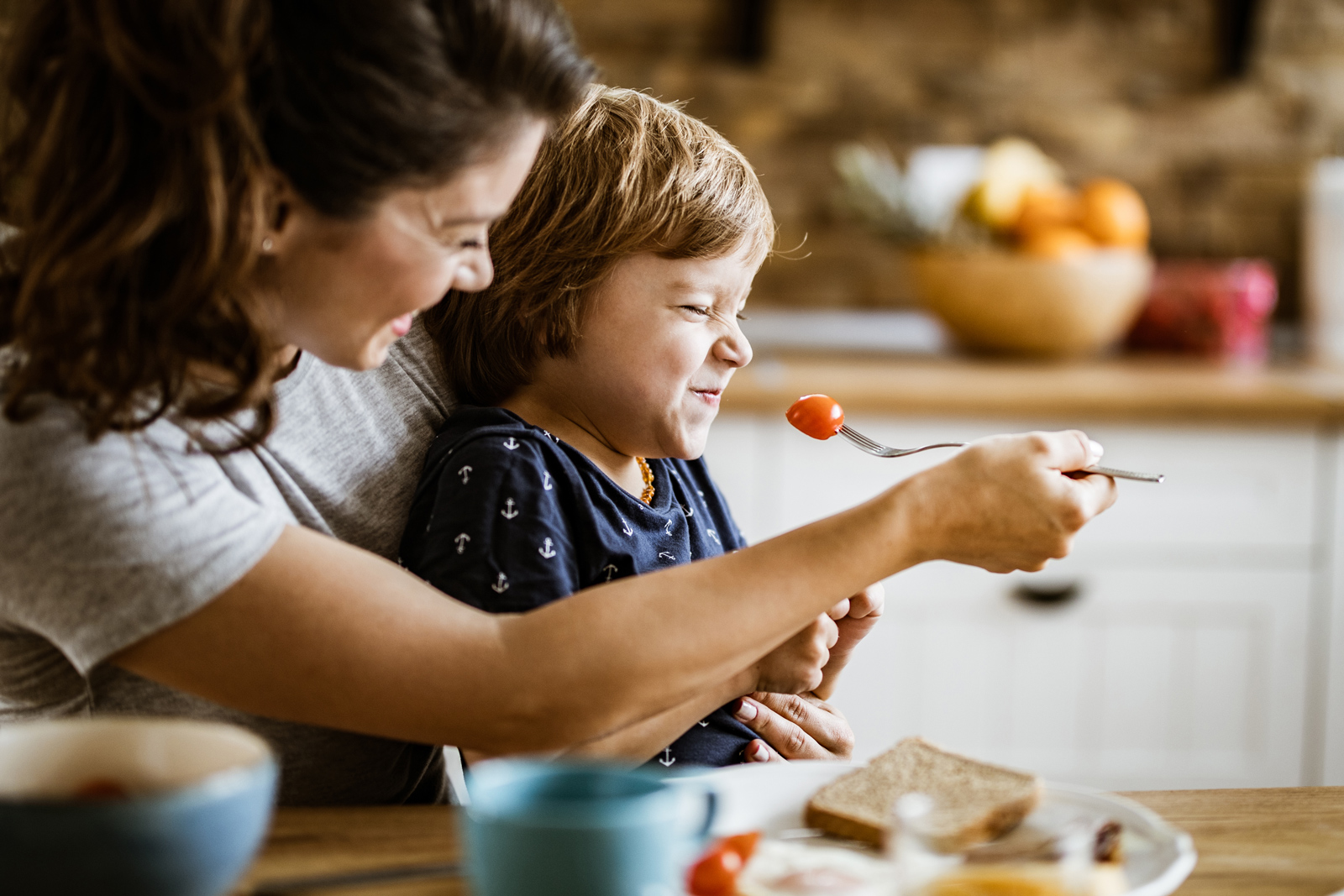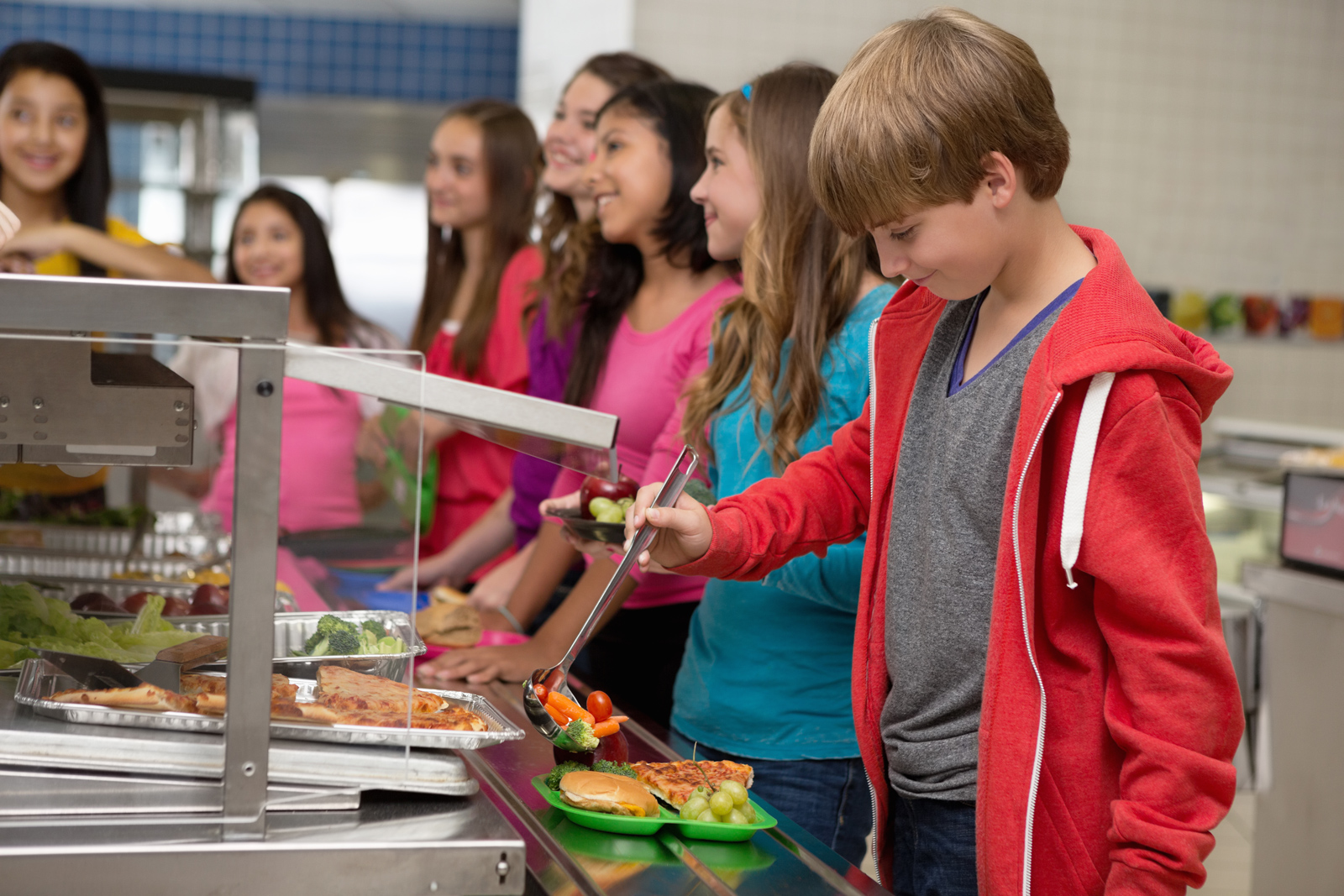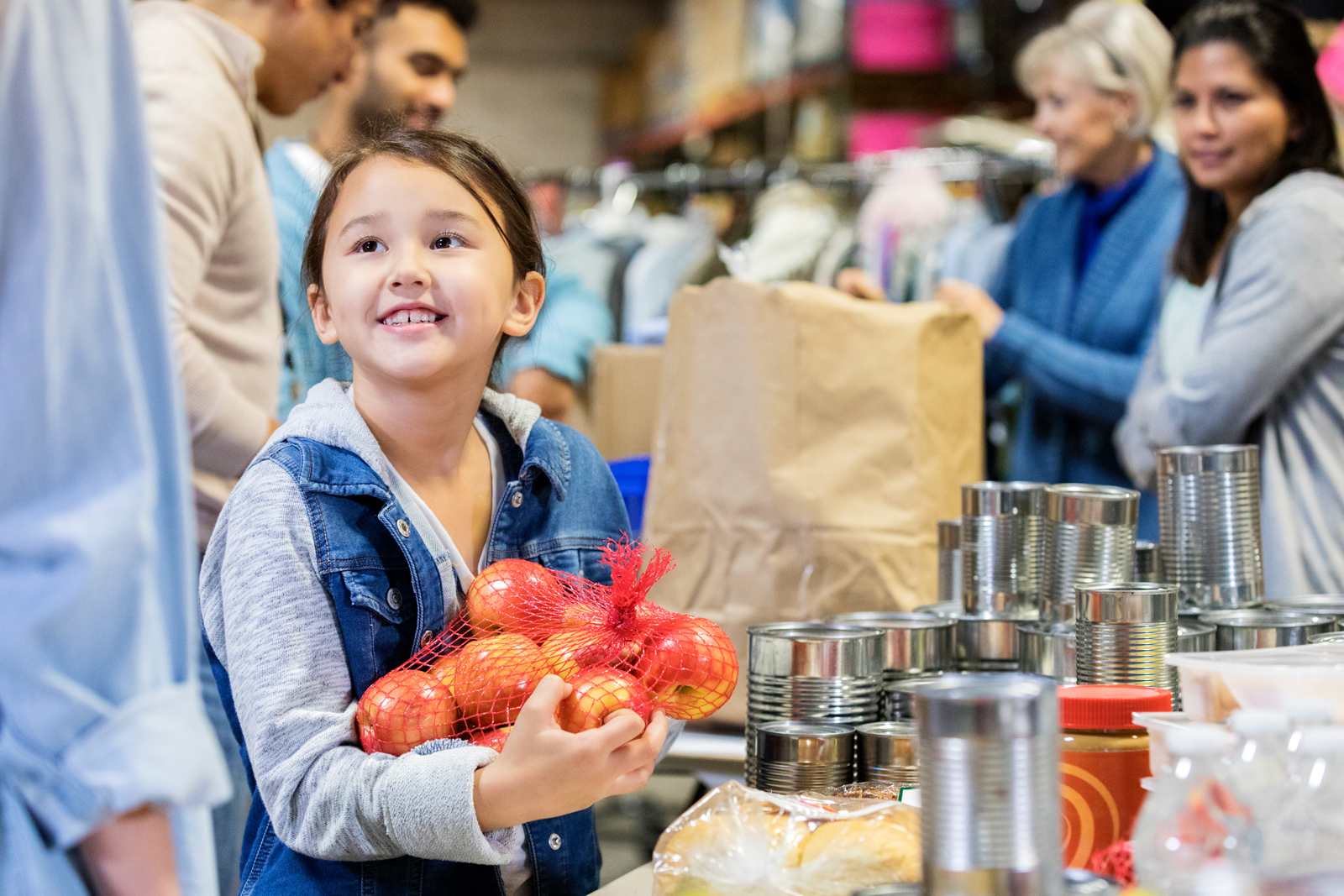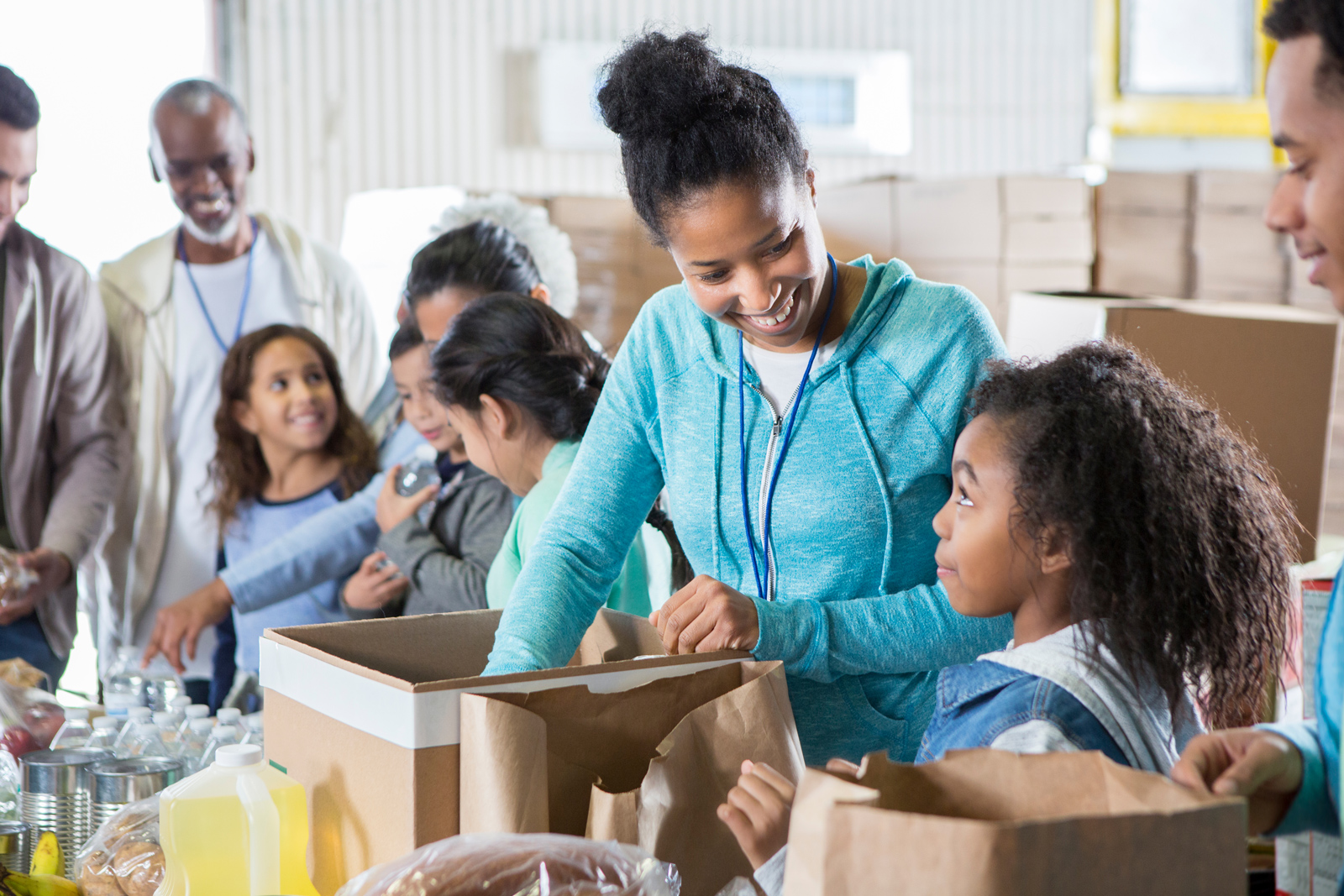Unique, Easy + Comfy Food-inspired Costumes for Baby’s First Halloween
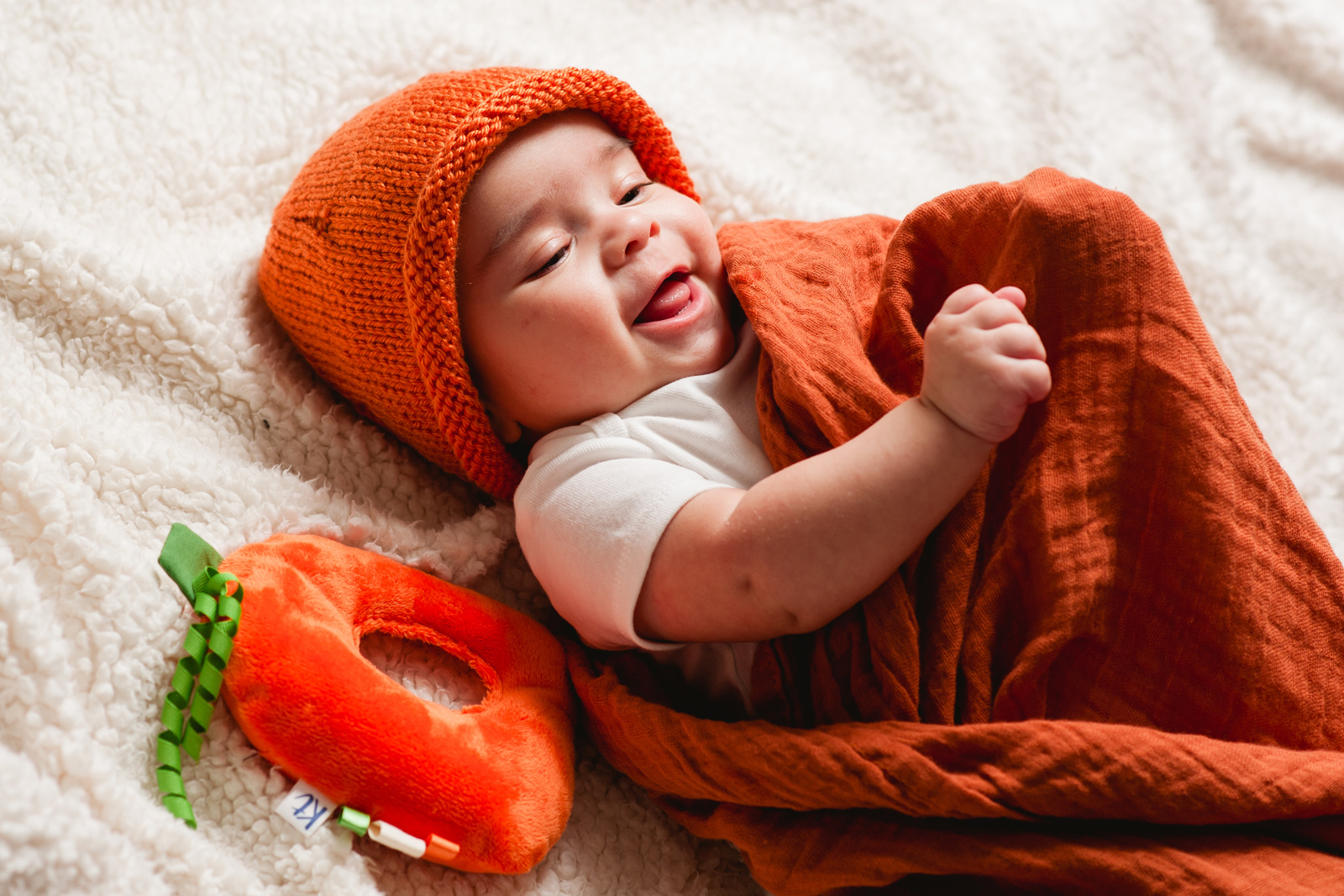
It’s your baby’s first Halloween, a momentous first milestone for your little one. However, from one parent to another, let me clue you in: this Halloween is your only Halloween. Next year, your teeny baby will be a toddler, with serious opinions about the costume she needs to wear for trick or treating. These opinions will only get stronger with each passing year. But this year, and just this one year, the choice is 100% yours! So, choose… but make sure to choose wisely.
You’re a new parent, so your ‘to-do’ list has multiplied exponentially since your baby’s arrival. There is always more to do than hours in the day, and you’re desperate to check things off. You need a costume, and you’ll be tempted to run into your nearest Target and grab something trendy off the rack. Let’s face it, your baby will look adorable in anything and everything right now. However, I’d urge you to reconsider, and spend a little bit of time thinking about the right costume for your little one. The options for the under-2 set are endless, but only one is perfect for your baby.
A few things to consider when choosing an infant Halloween costume:
Comfort
I think this is a number one priority for all kids, but especially ones that aren’t old enough to complain about the itchy fabric or the chafing waistband. For babies, choose soft, comfortable clothes that won’t irritate their sensitive skin. Natural fabrics like soft, stretchy cotton are best. This time of year, remember to check the weather, especially if you’ll be spending time outside. On chilly nights, a hat is definitely a good idea.
Safety
For little ones, avoid any small parts that may come loose and end up in baby’s mouth.
Ease of use
What are the odds that your little one will need a diaper change during the night’s festivities? I’m thinking they’re pretty high. Make sure to choose a costume that allows for easy on and off, so you and your little one can quickly return to having fun.
Cuteness!
Let’s face it, your little one is getting dressed up almost exclusively for the cuteness factor. You’ll be looking back on photos of baby’s first Halloween for years to come, so make sure to choose a costume that makes you smile, and makes your heart melt a little.
Your pocketbook
Sensibility and practicality are just a personal litmus test that I try to apply to life in general, even fun and frivolous Halloween. When you’re walking down the costume aisle at your local department store, spending money on an outfit that your little one will wear only once may seem like a great idea. But remember, that costume will hang in the closet until your baby grows out of his current size, so at least a few weeks after the holiday. Looking at it day after day, you may find yourself experiencing a bit of buyer’s remorse when the holiday is over. Consider DYI-ing a unique costume from clothes that your little one can wear time and again. You’ll reduce waste and enjoy the new clothes for a little bit.
Fun + easy costumes made with our fruit and veggie sets
Is your little one a foodie in the making, savoring pureed carrots and applesauce at every meal? Have you nicknamed her baby blueberry after the moment when you found out you were expecting? Or does he just look like a tiny peanut in his swaddle? Well, we have just the right costume ideas for you and your little one! Our fruit and veggie bodysuits and hats are the key component of a personalized and unique DIY costume idea for your babe’s first Halloween. The bodysuits and hats are hand-crafted with love. They’ve been hand embroidered and hand knit just for your little one, and they check all the boxes: they’re comfy, safe, easy, and SO CUTE!
Our beautiful, heirloom-quality fruit and veggie sets make beautiful gifts and keepsakes, but they also make wonderful food-inspired Halloween costumes. The best part: you only need to add some simple basics in solid colors to DIY a costume. To make a costume, you can dress your little one in both the bodysuit and hat, and add just some pants. Or, you can pair just the fruit and vegetable hat with a romper, footie pajamas, or even a shirt and pants. Solid colored baby apparel is available at many different retailers, depending on your shopping preferences and budget. When researching this article, I really liked the selection and price of solid pieces at Primary.com, but I’ve never shopped there, so I can’t vouch for the quality of the garments.
Below I’ve put together some costume ideas for you to browse, which will hopefully get your creative juices flowing. Of course, these are just a sample of our collection. You can browse all of our fruit and veggie bodysuits and hats in the Gifts section of our shop.
Apple
For a baby apple costume, pair our hand knit green apple hat and hand embroidered green apple bodysuit with some light green pieces (pictured here are items from Moon and Back by Hanna Andersson, which I found on Amazon).
Banana
For a baby banana costume, pair our hand knit banana hat and hand embroidered banana bodysuit with some yellow pieces (pictured here are items from Primary.com).
Blueberry
For a baby blueberry costume, pair our hand knit blueberry hat and hand embroidered blueberry bodysuit with some navy blue pieces (pictured here are items from Primary.com).
Butternut Squash
For a baby butternut squash costume, pair our hand knit butternut hat and hand embroidered butternut squash bodysuit with some golden pieces (pictured here are items from Hanna Andersson).
Carrot
For a baby carrot costume, pair our hand knit carrot hat and hand embroidered carrot bodysuit with some orange pieces. Here I’ve included KID things items – the softest terry lounge separates in Pumpkin.
Hot Pepper
For a baby hot pepper costume, pair our hand knit fiery chili pepper hat and hand embroidered hot pepper bodysuit with some red pieces (pictured here are items from Primary.com).
Lemon
For a baby lemon costume, pair our hand knit lemon hat and hand embroidered ‘squeeze me’ bodysuit with some bright yellow pieces (pictured here are items from Primary.com).
Peanut
For a baby peanut costume, pair our hand knit peanut hat and hand embroidered peanut bodysuit with some toast-colored pieces (pictured here are items from Old Navy and Target).
Pear
For a baby pear costume, pair our hand knit pear hat and hand embroidered pear bodysuit with some soft yellow pieces (pictured here are items from Moon and Back by Hanna Andersson, which I found on Amazon).
Pumpkin
For a baby pumpkin costume, pair our hand knit pumpkin hat and hand embroidered pumpkin bodysuit with some orange pieces. Here I’ve included KID things items – the softest terry lounge separates in Pumpkin.
Sweet Pea
For a baby green pea costume, pair our hand knit sweet pea hat and hand embroidered sweet pea bodysuit with some green pieces (pictured here are items from Primary.com).
Tomato
For a baby tomato costume, pair our hand knit tomato hat and hand embroidered tomato bodysuit with some red pieces (pictured here are items from Primary.com).
Your baby may be too young for trick or treating, but she can totally get in the Halloween spirit from a very young age. Whether you choose to go door to door with your babe on your hip, visit friends or go to a neighborhood party, or just dress him up and snap a few photos for the Gram, I know you’ll love your baby’s first Halloween. And hopefully you now know how to put together the perfect costume for this momentous and spooky milestone night. Oh, and you may want to tag us on Instagram @kidthingsmb, so we can share your adorable babes with the world!
Oh, and while you’re thinking of Halloween, make sure to check out The Sweetest Halloween Collection of seasonal apparel and accessories. These scary-cute tees, bibs, and pants in spooky prints are sure to get you in the Halloween spirit.

